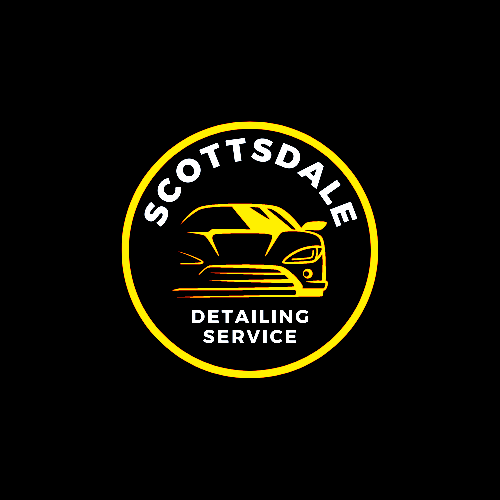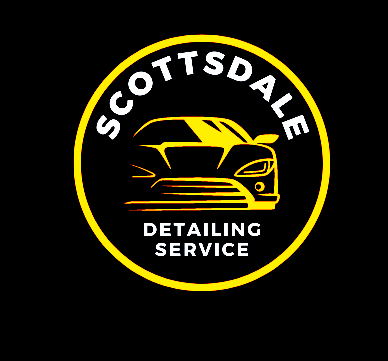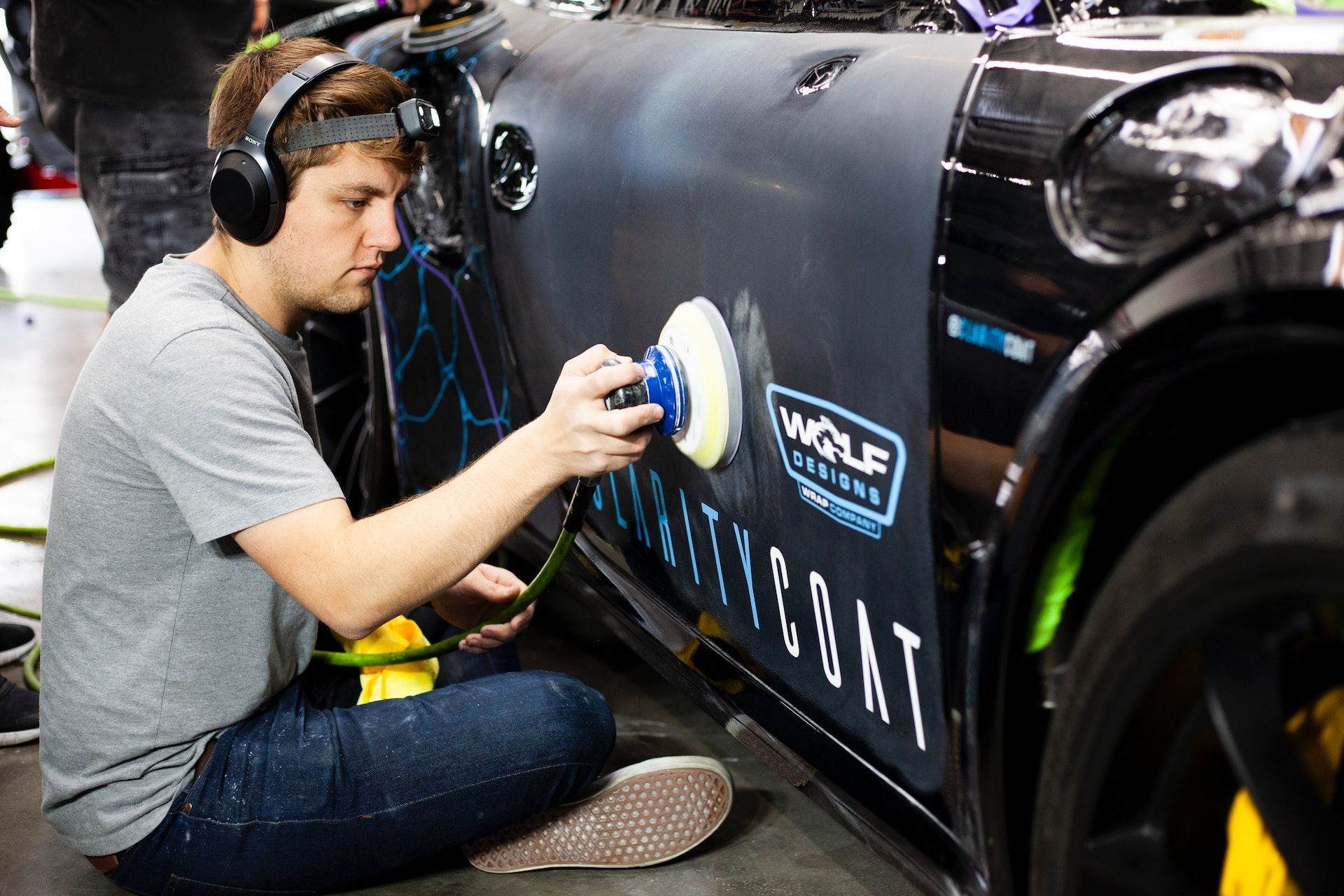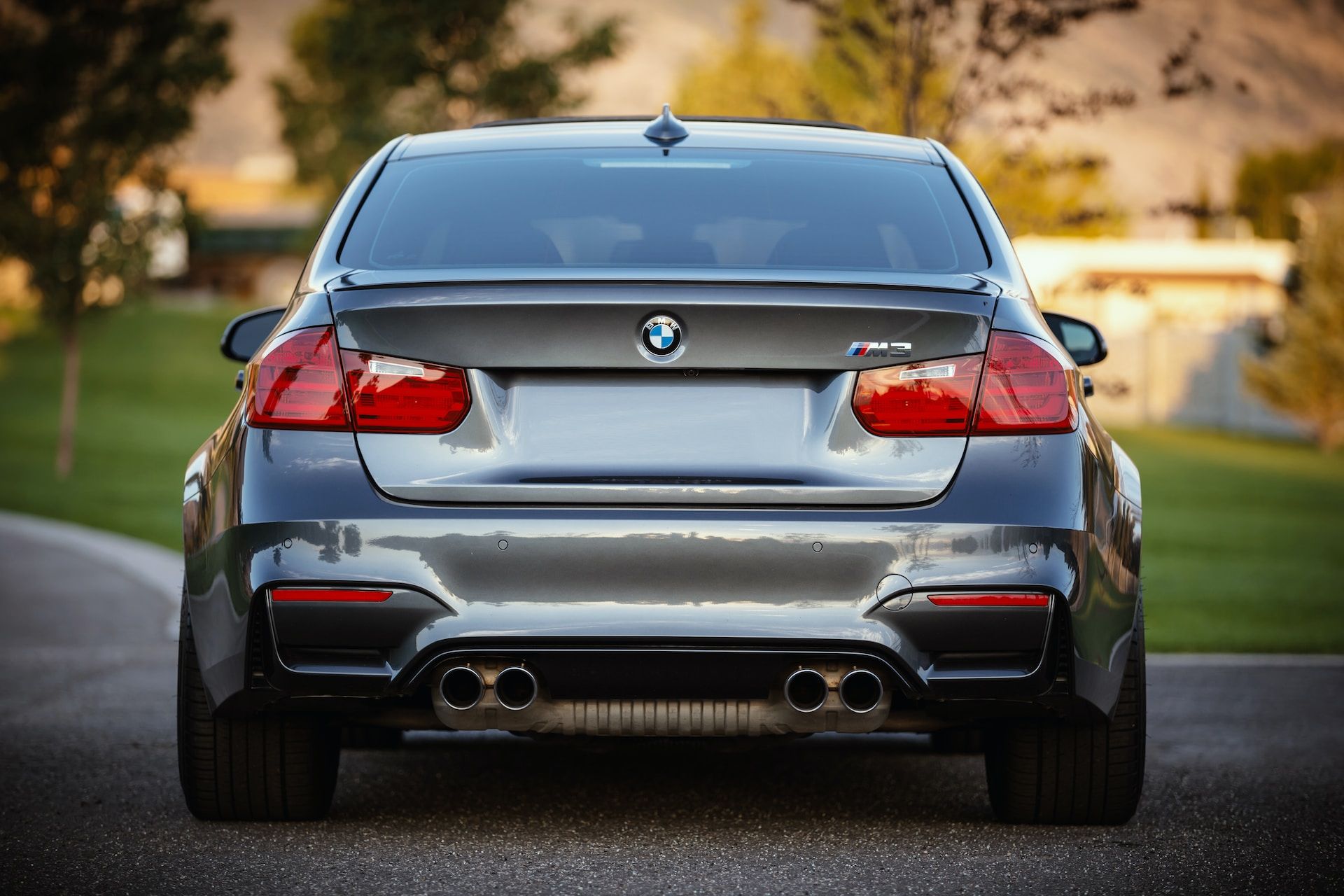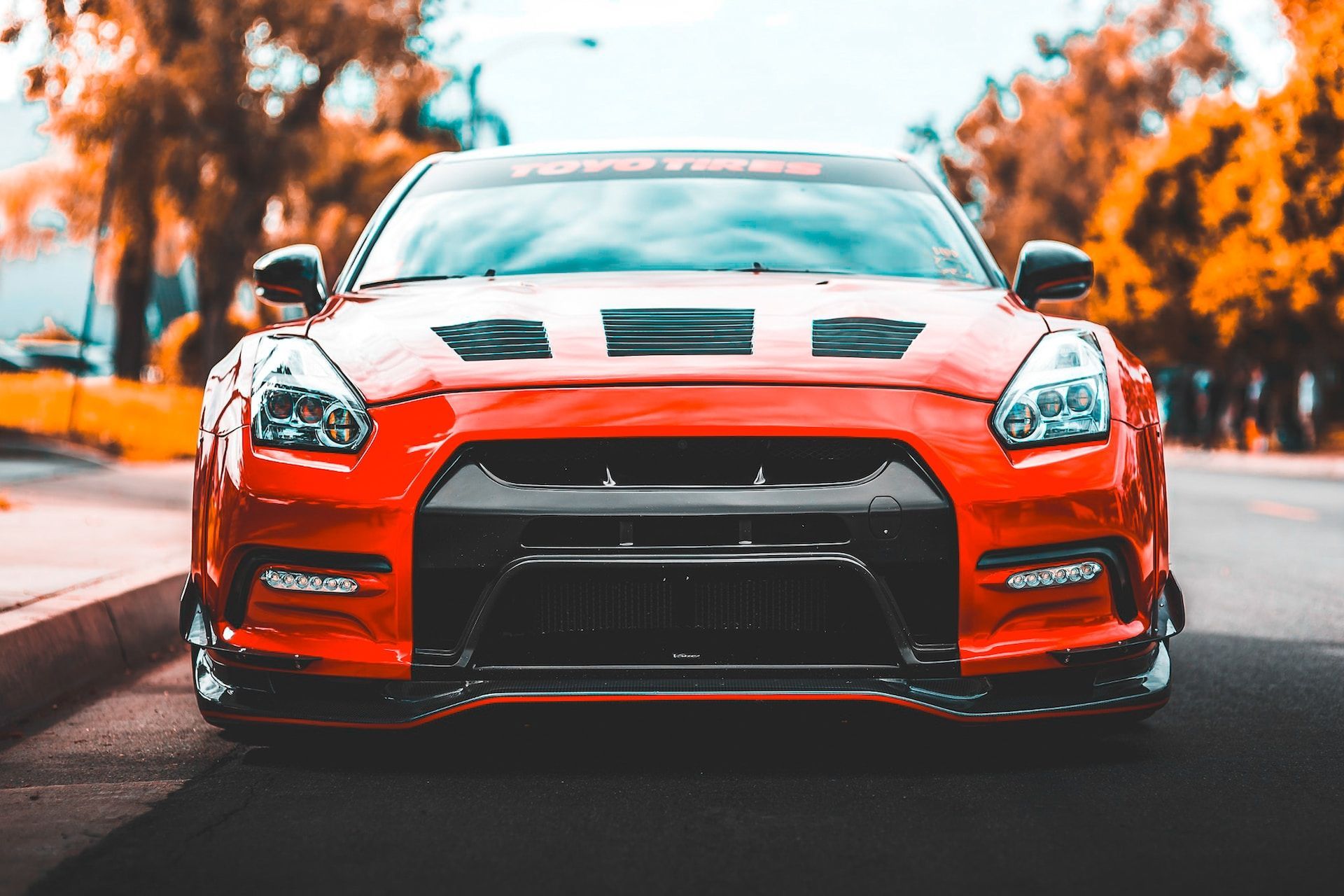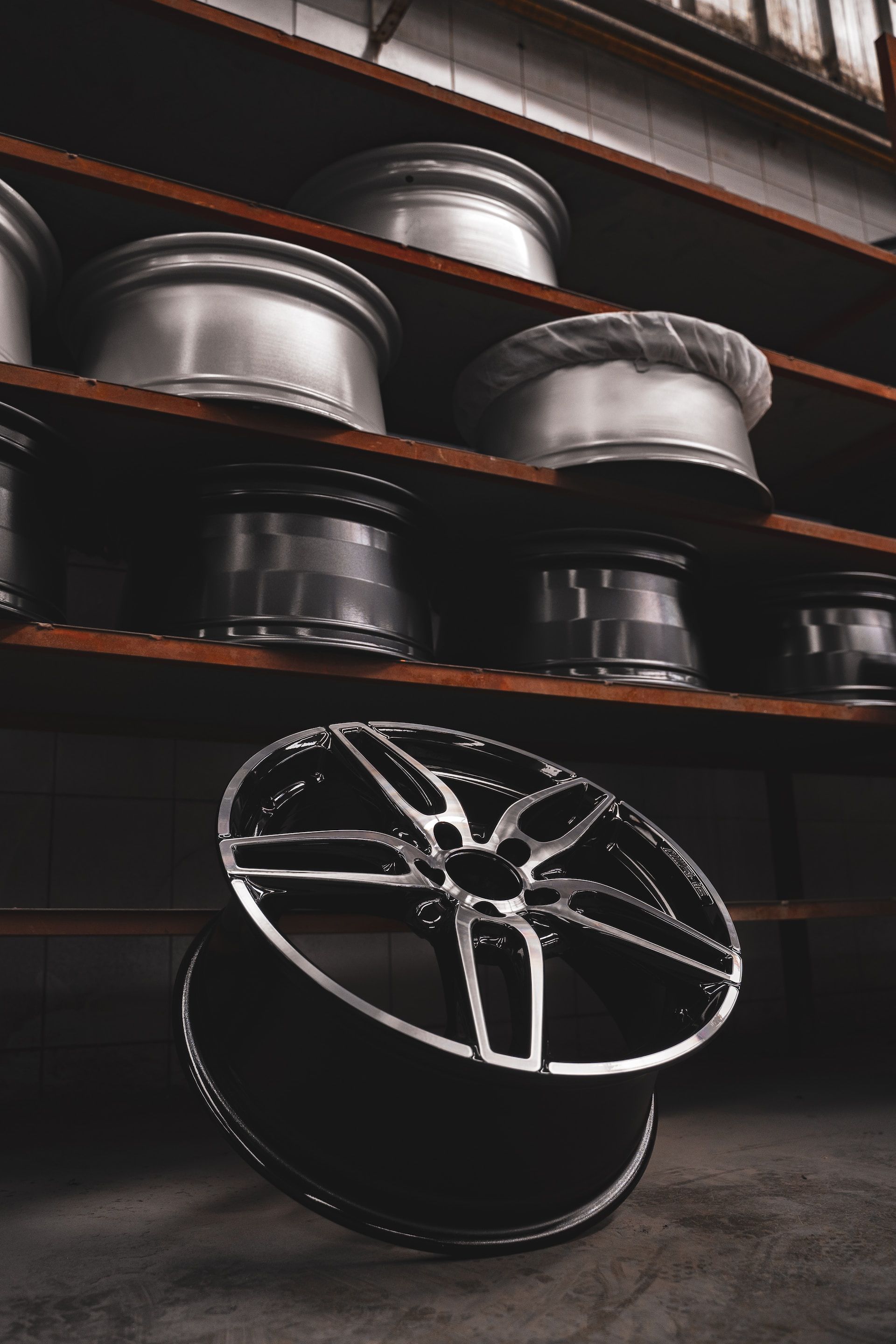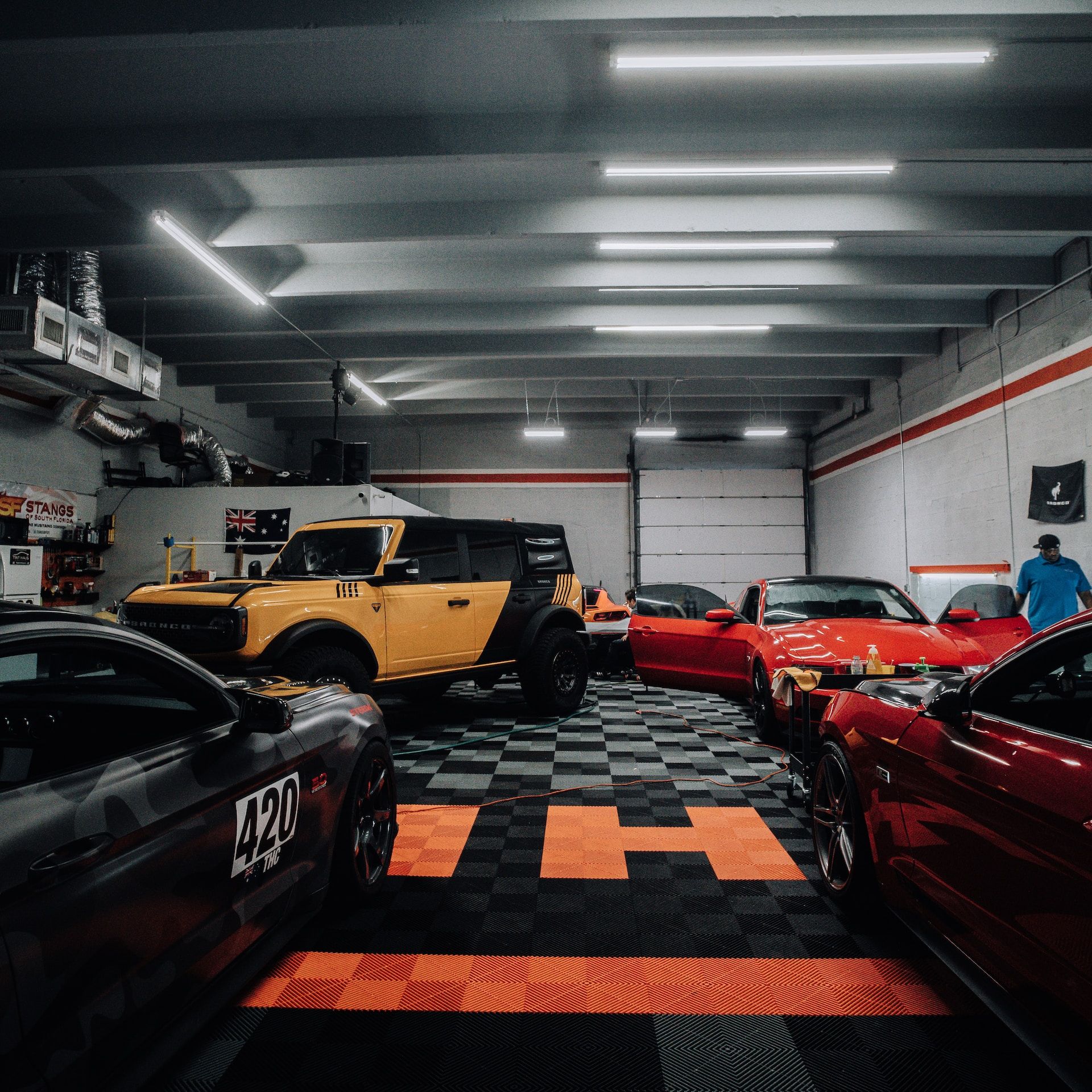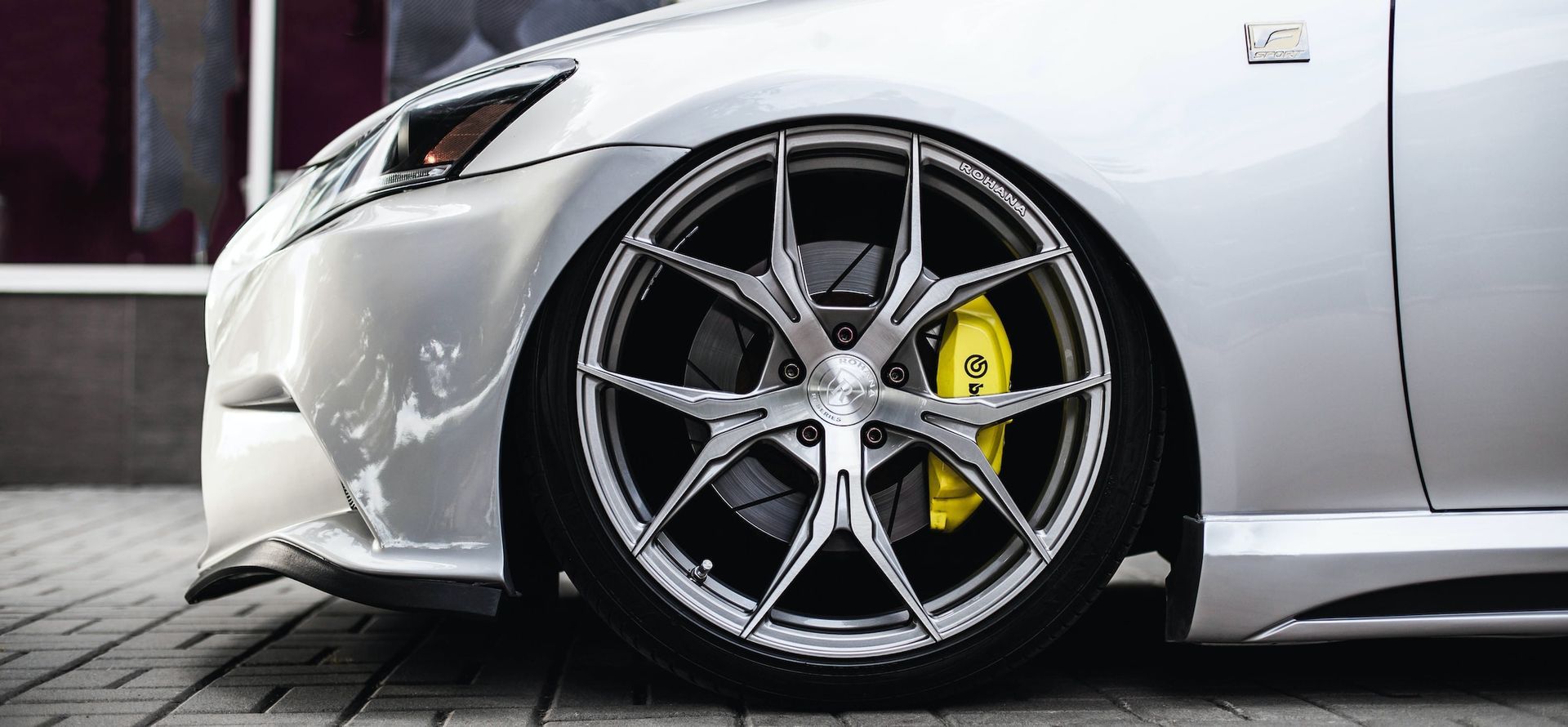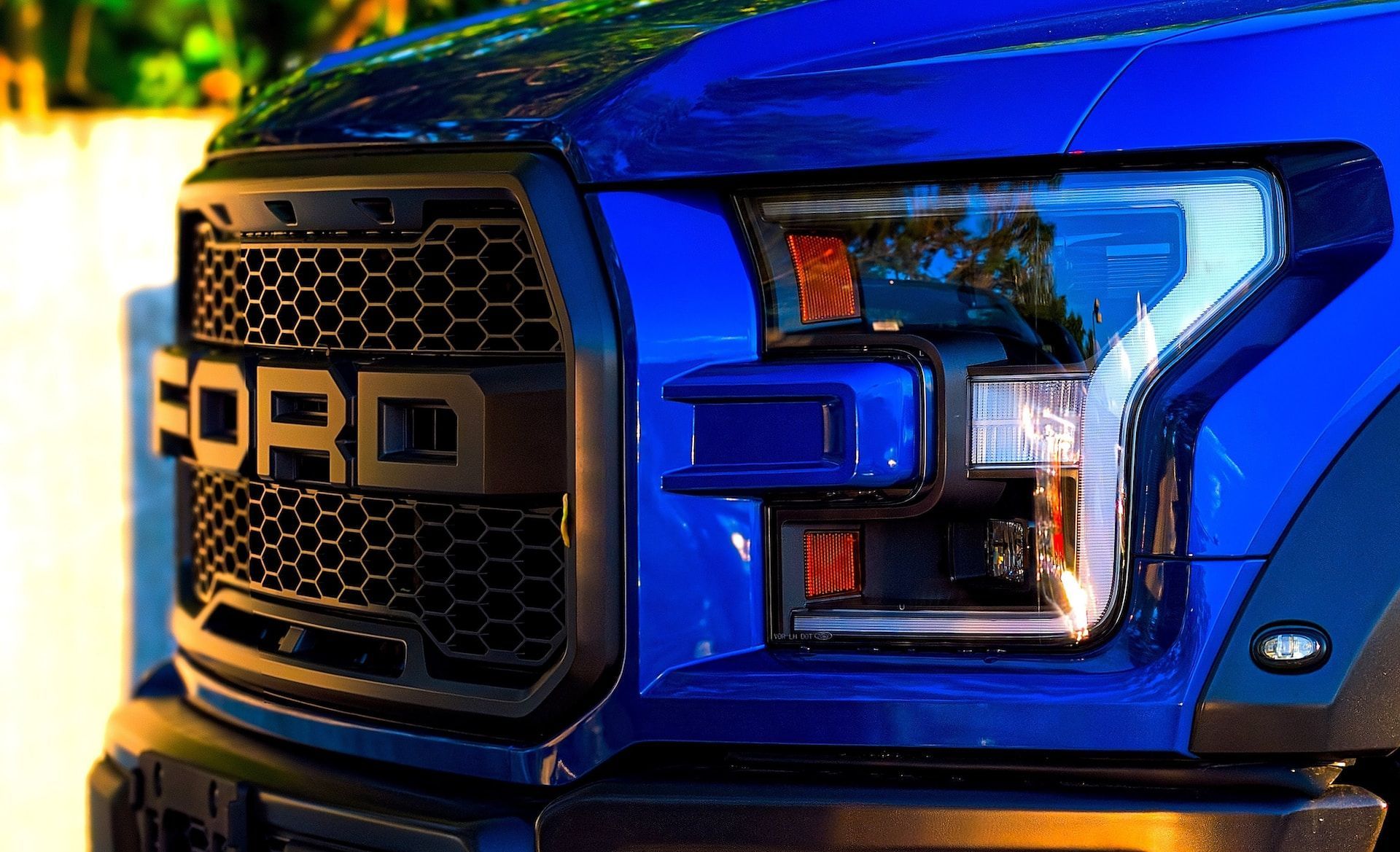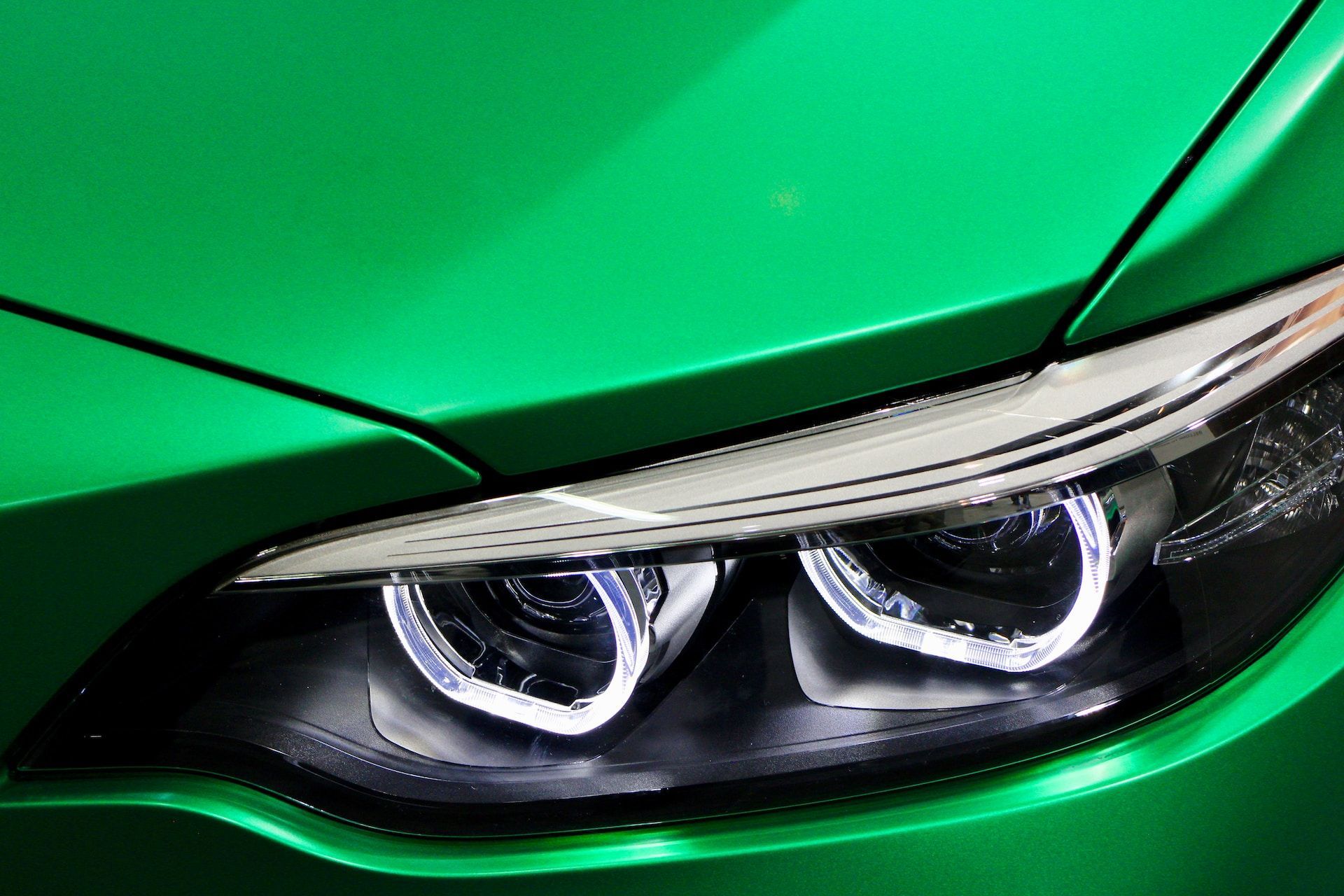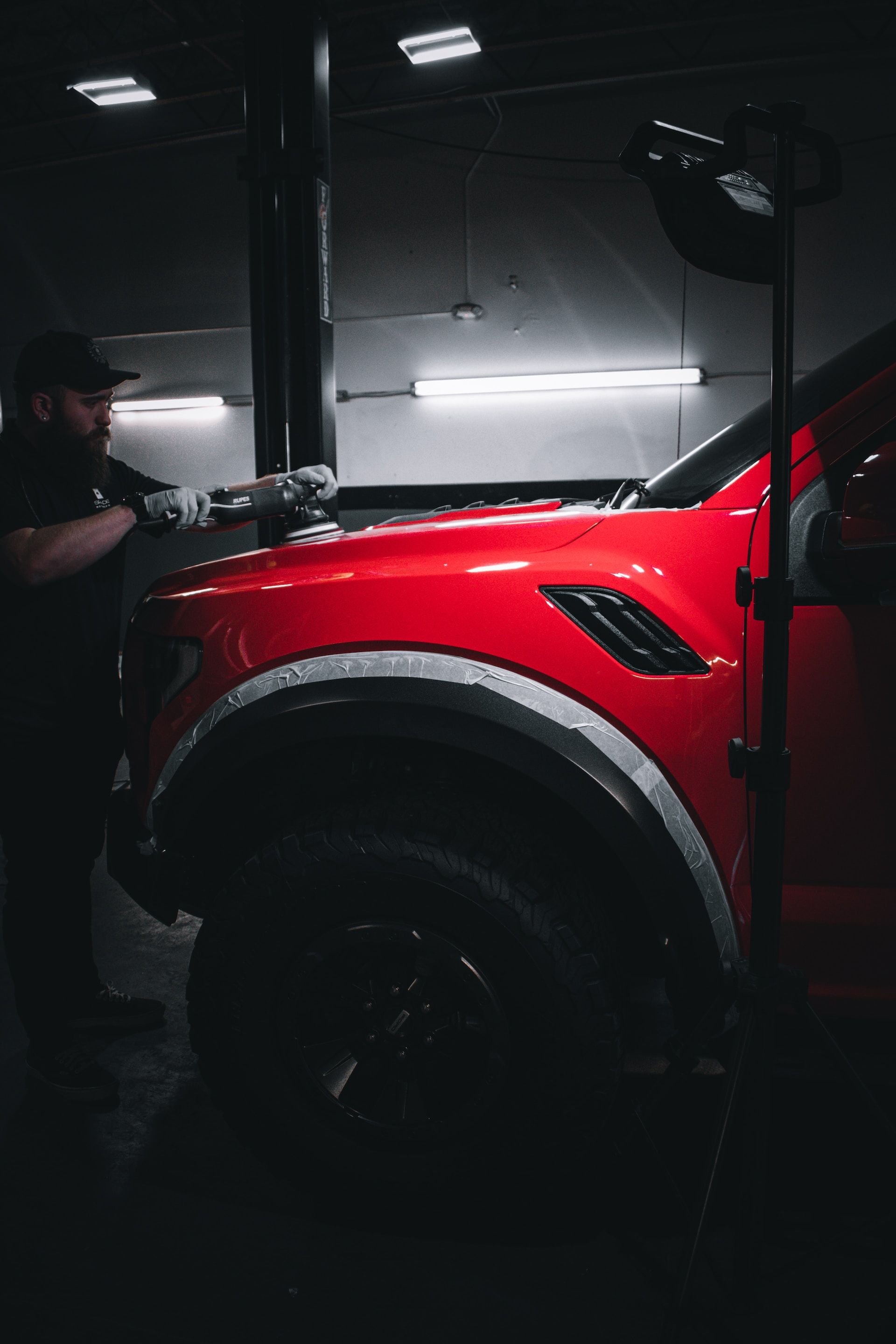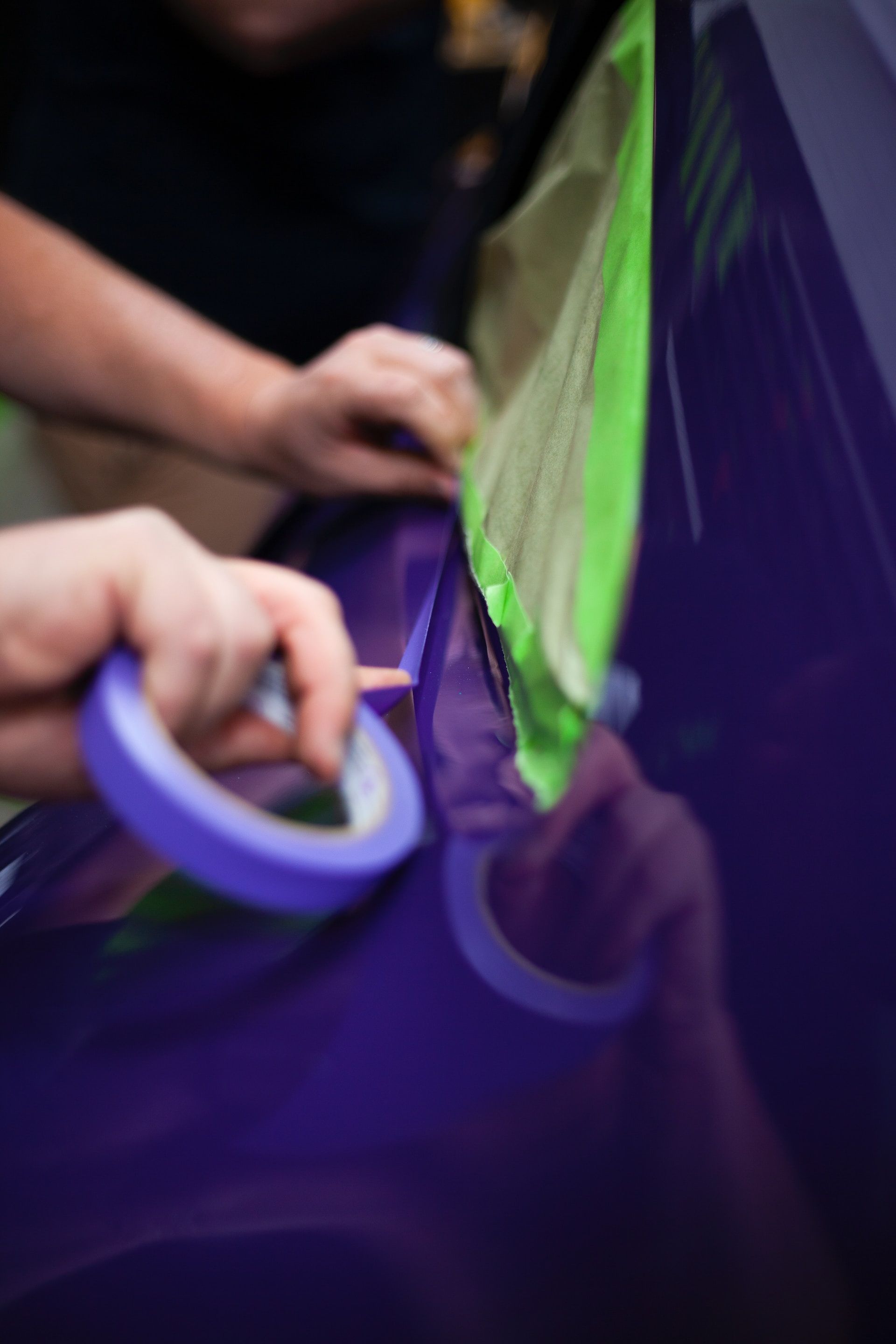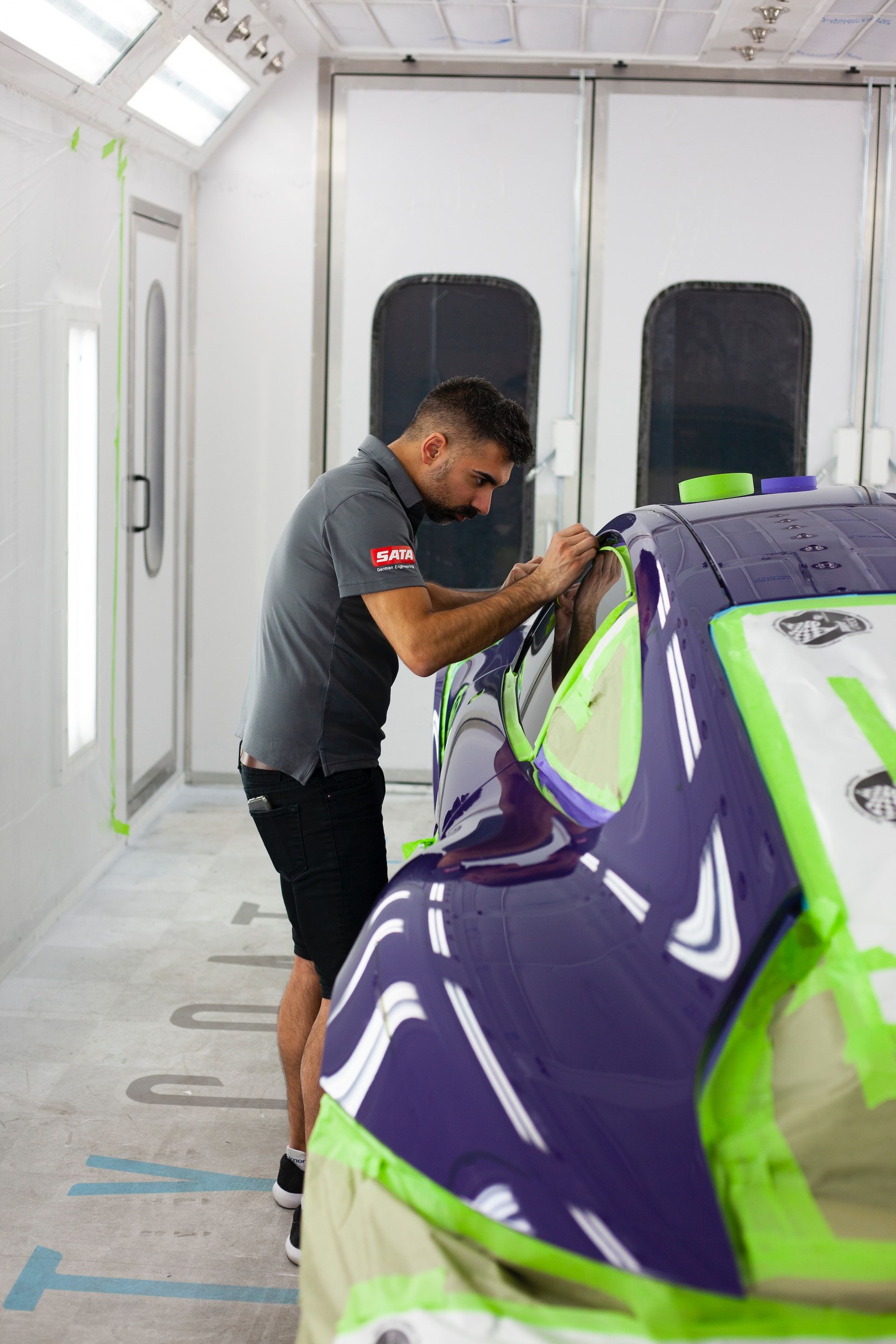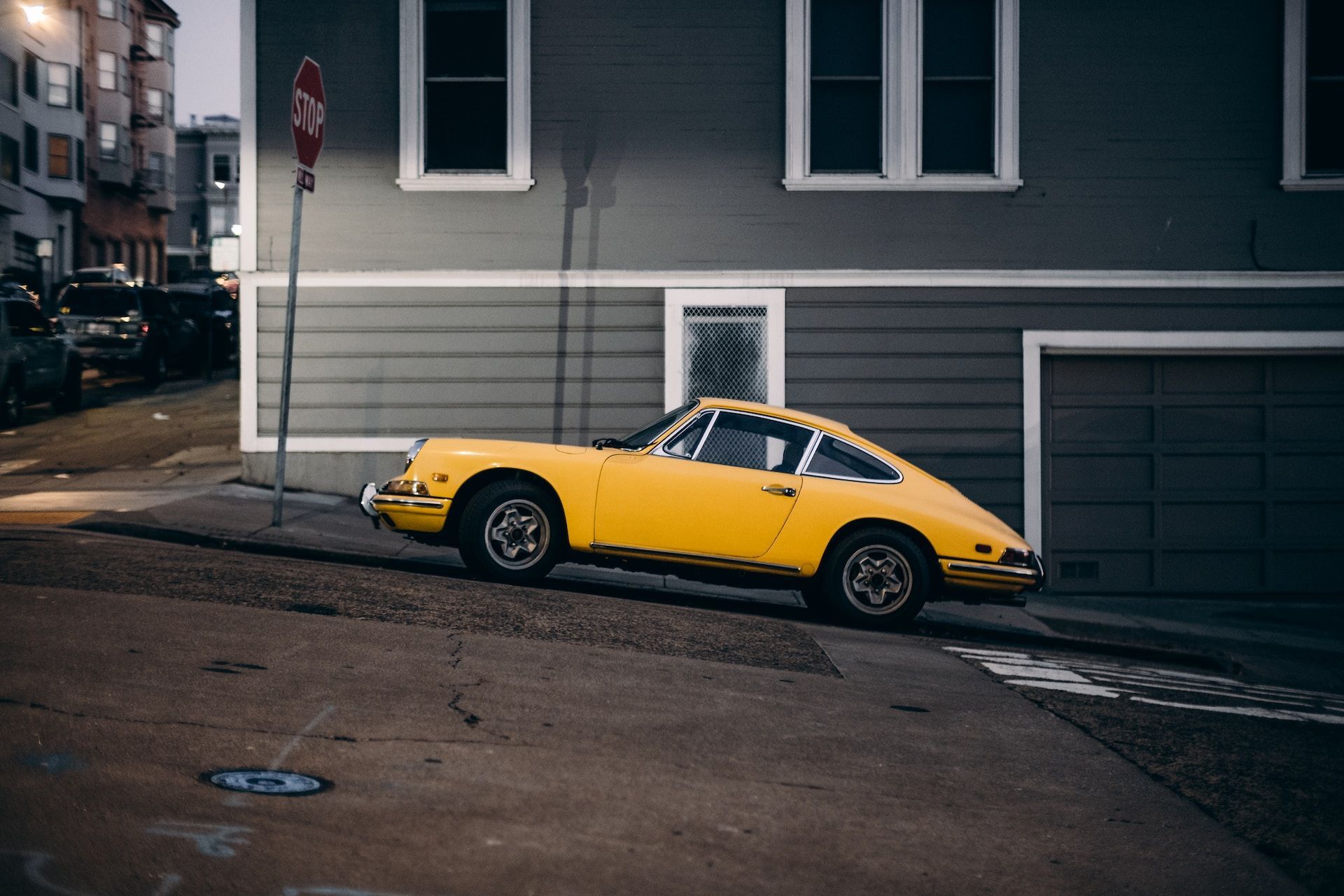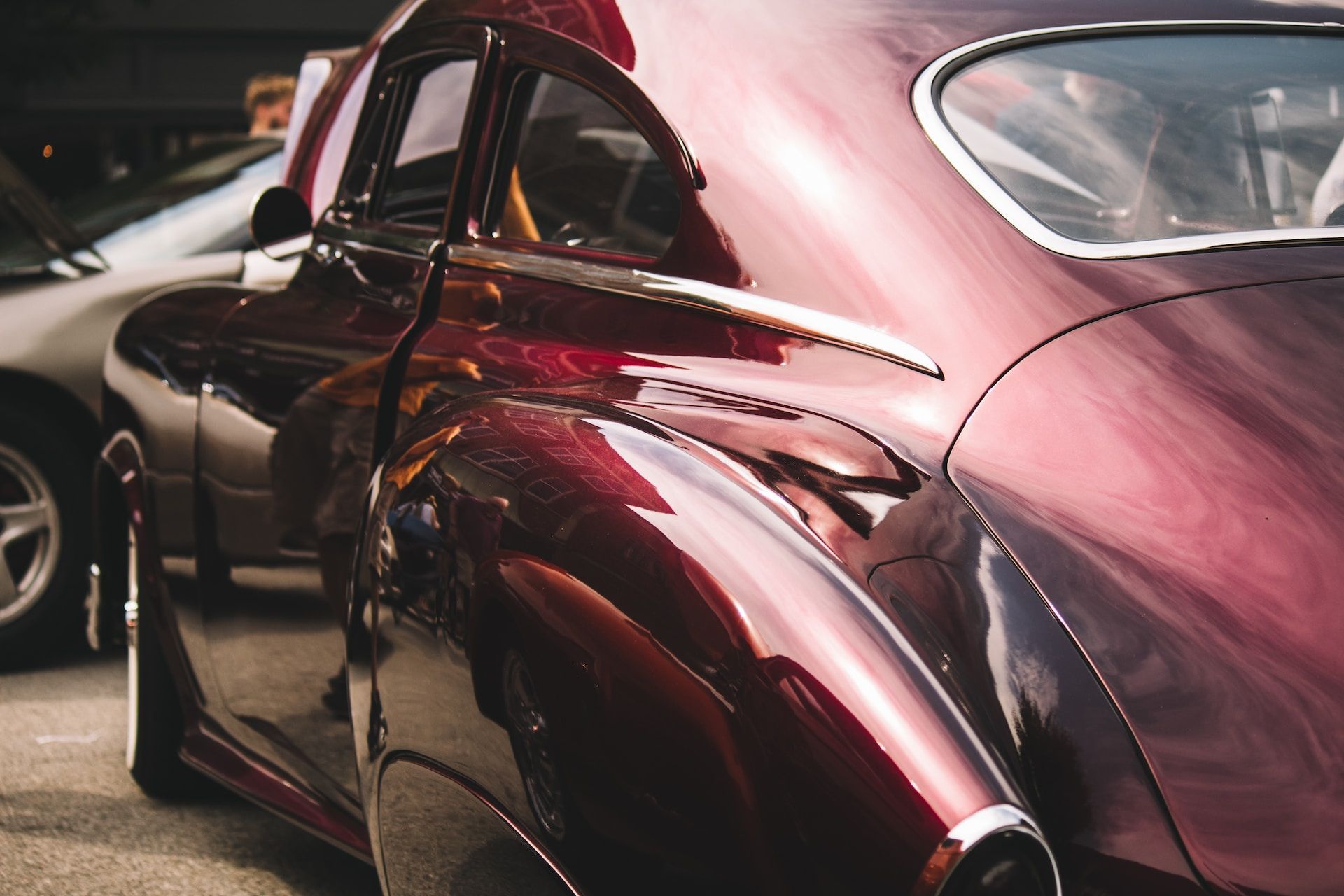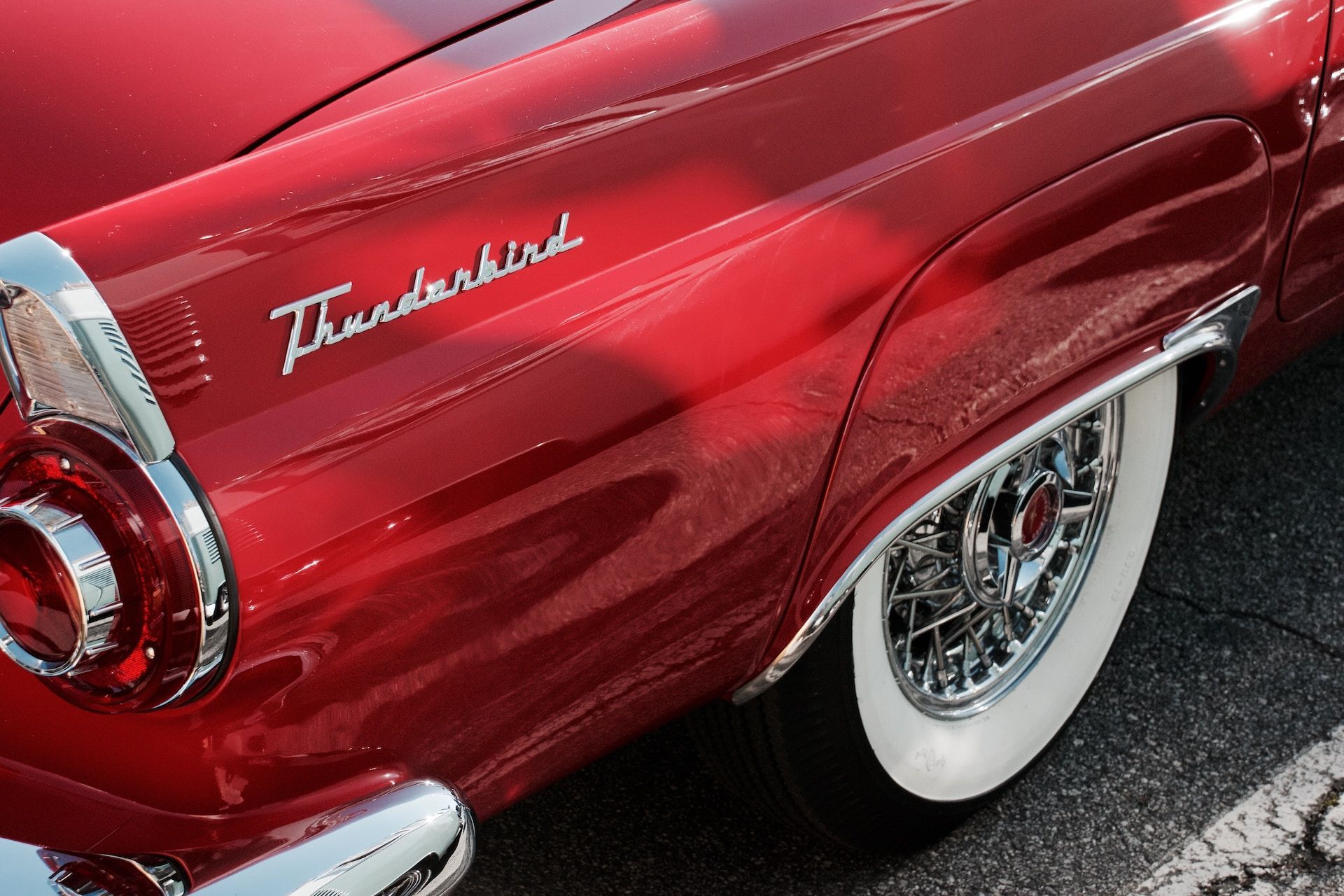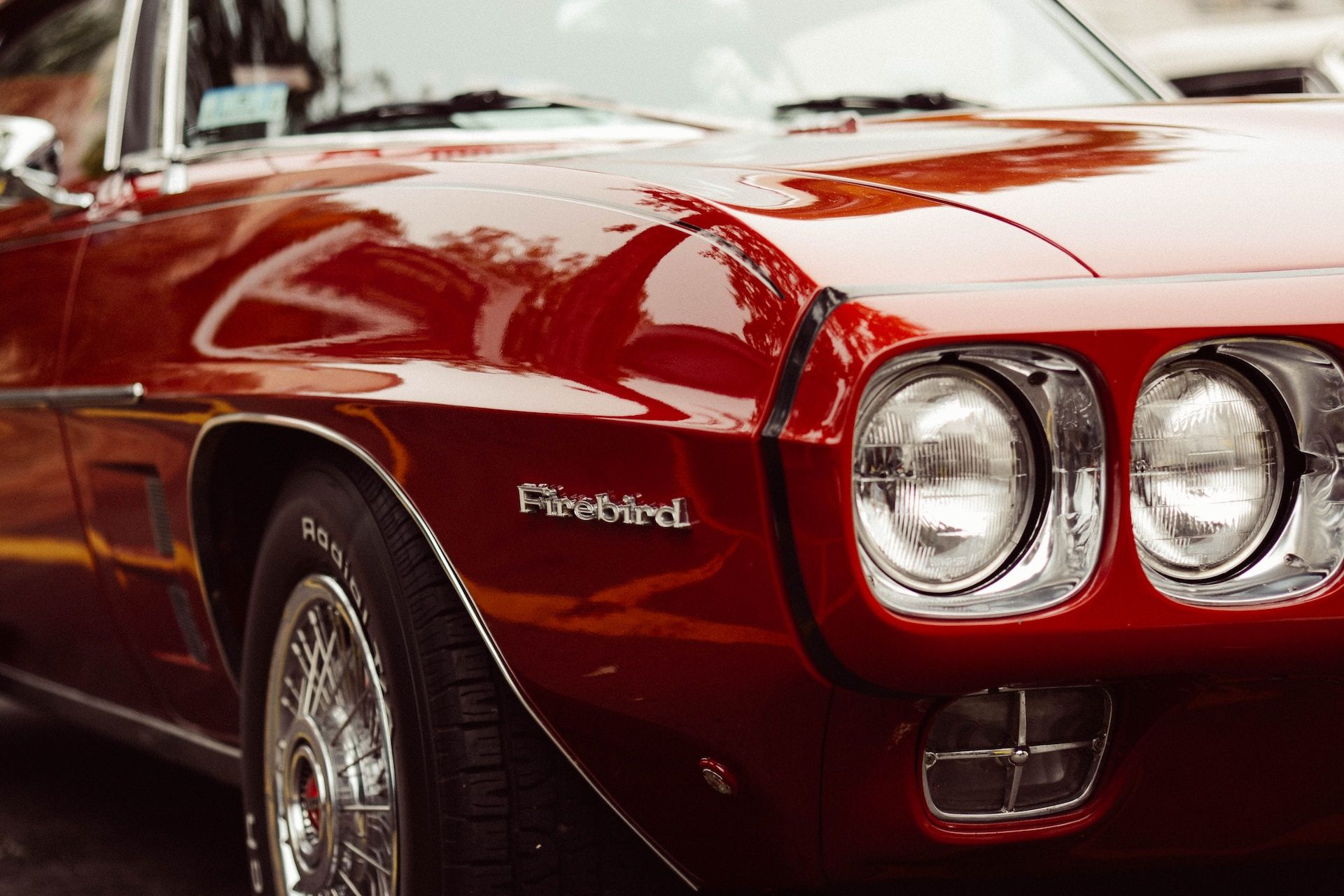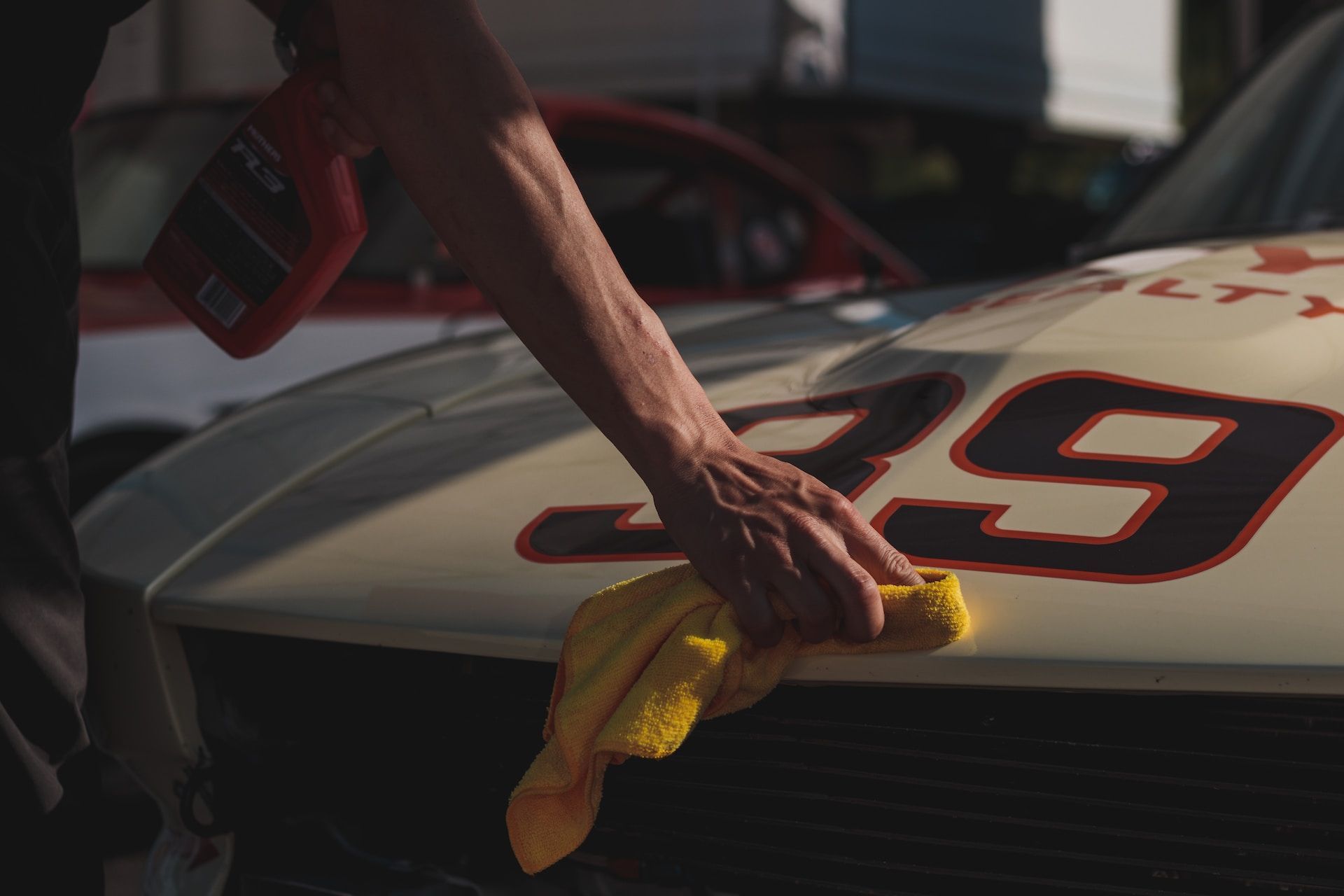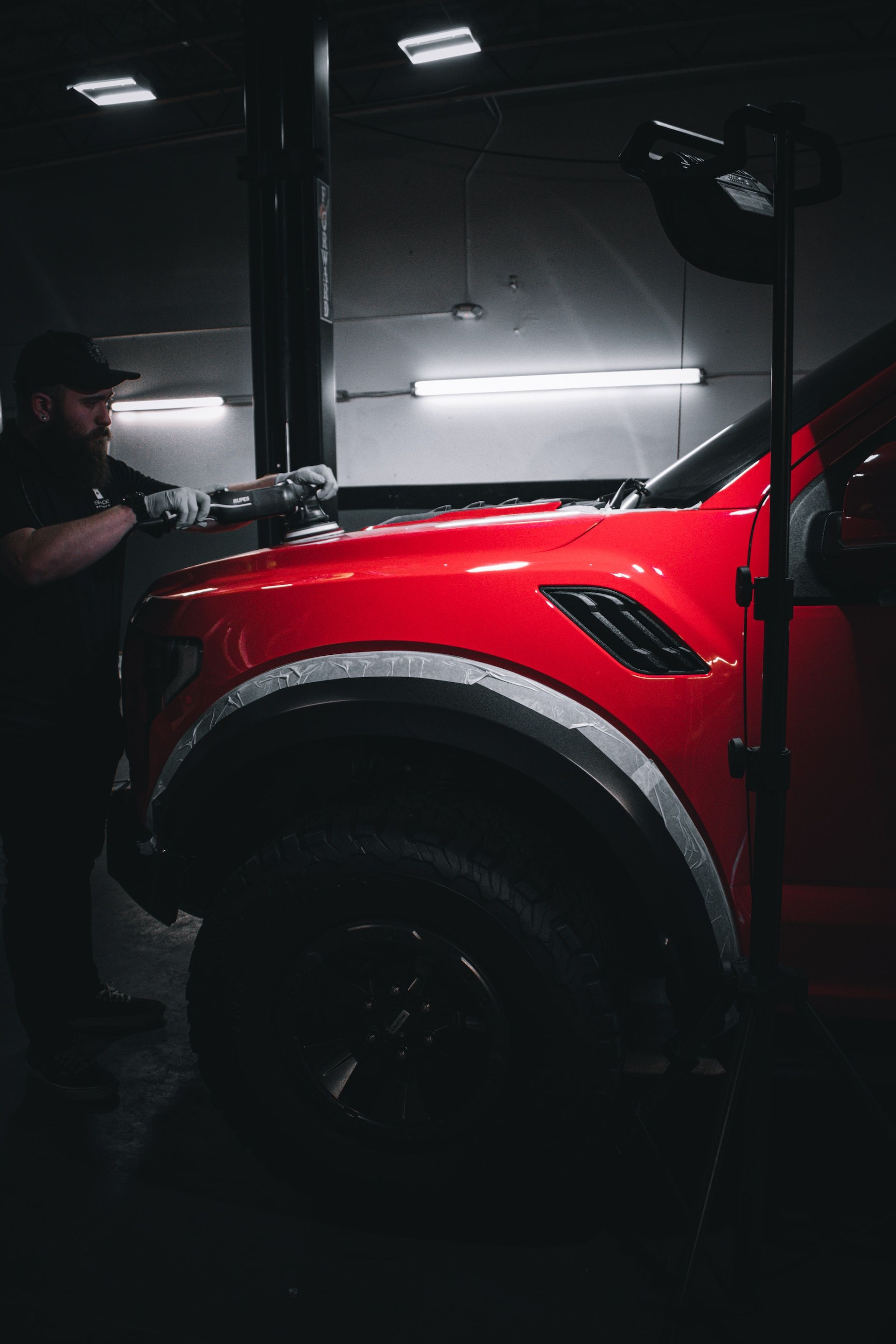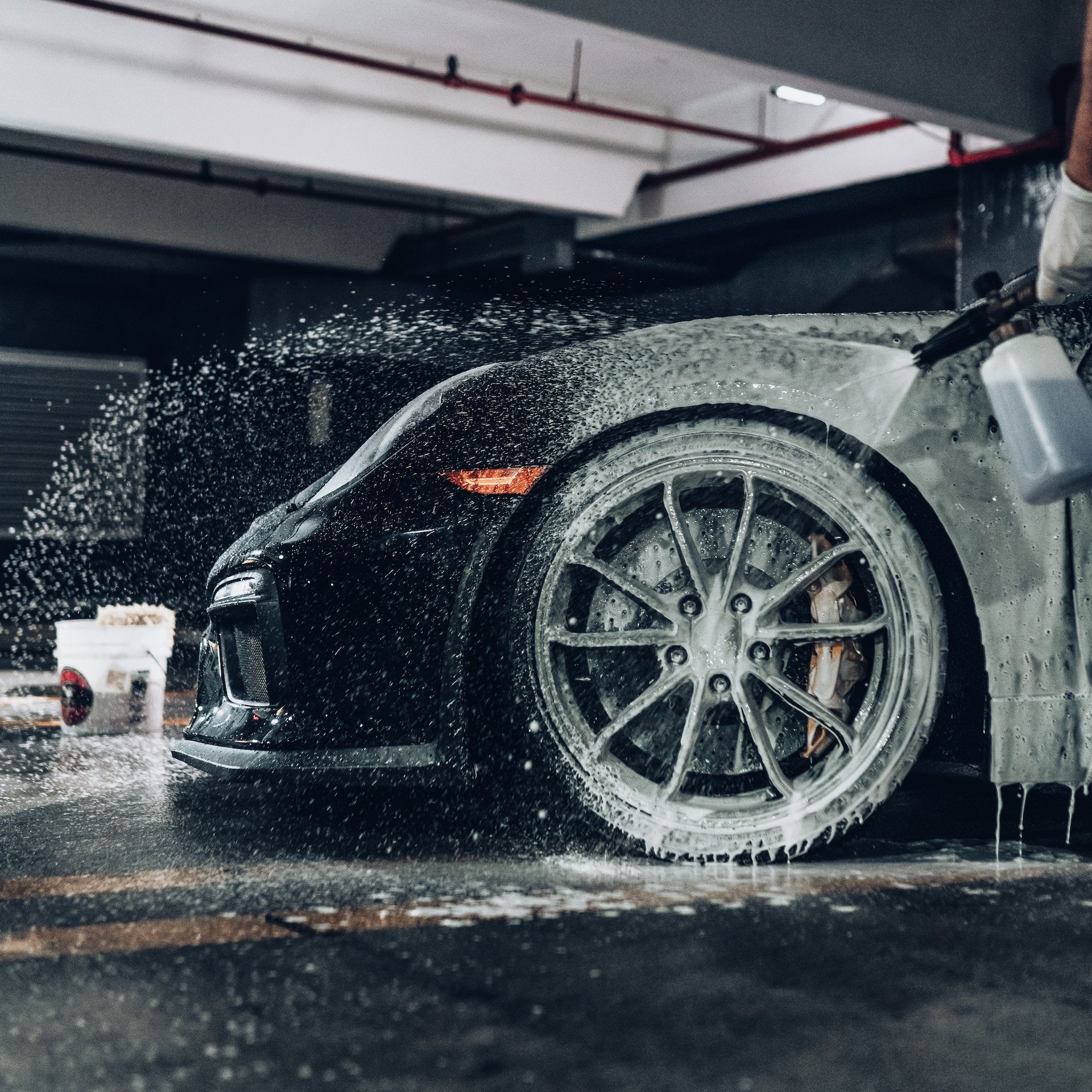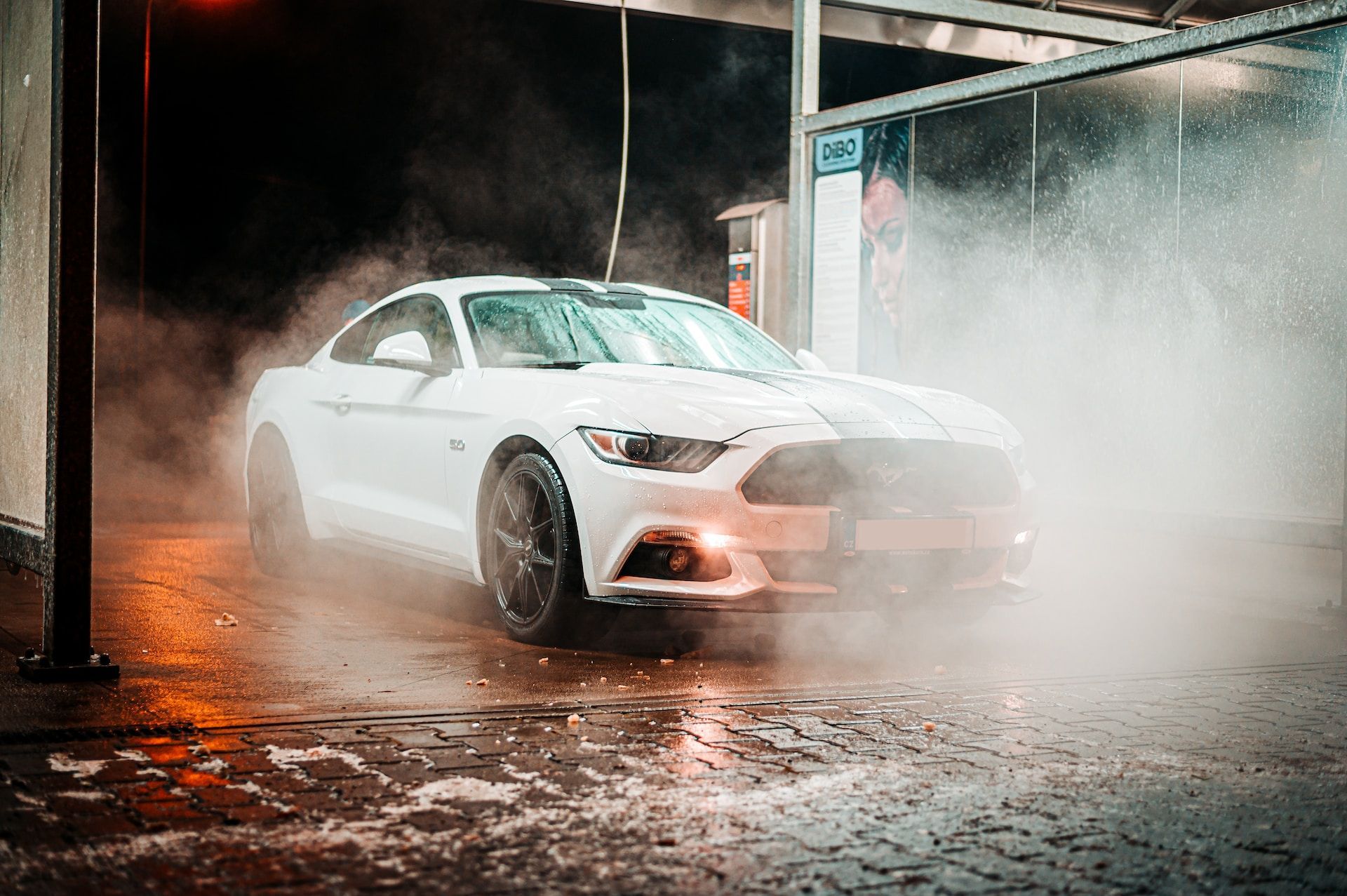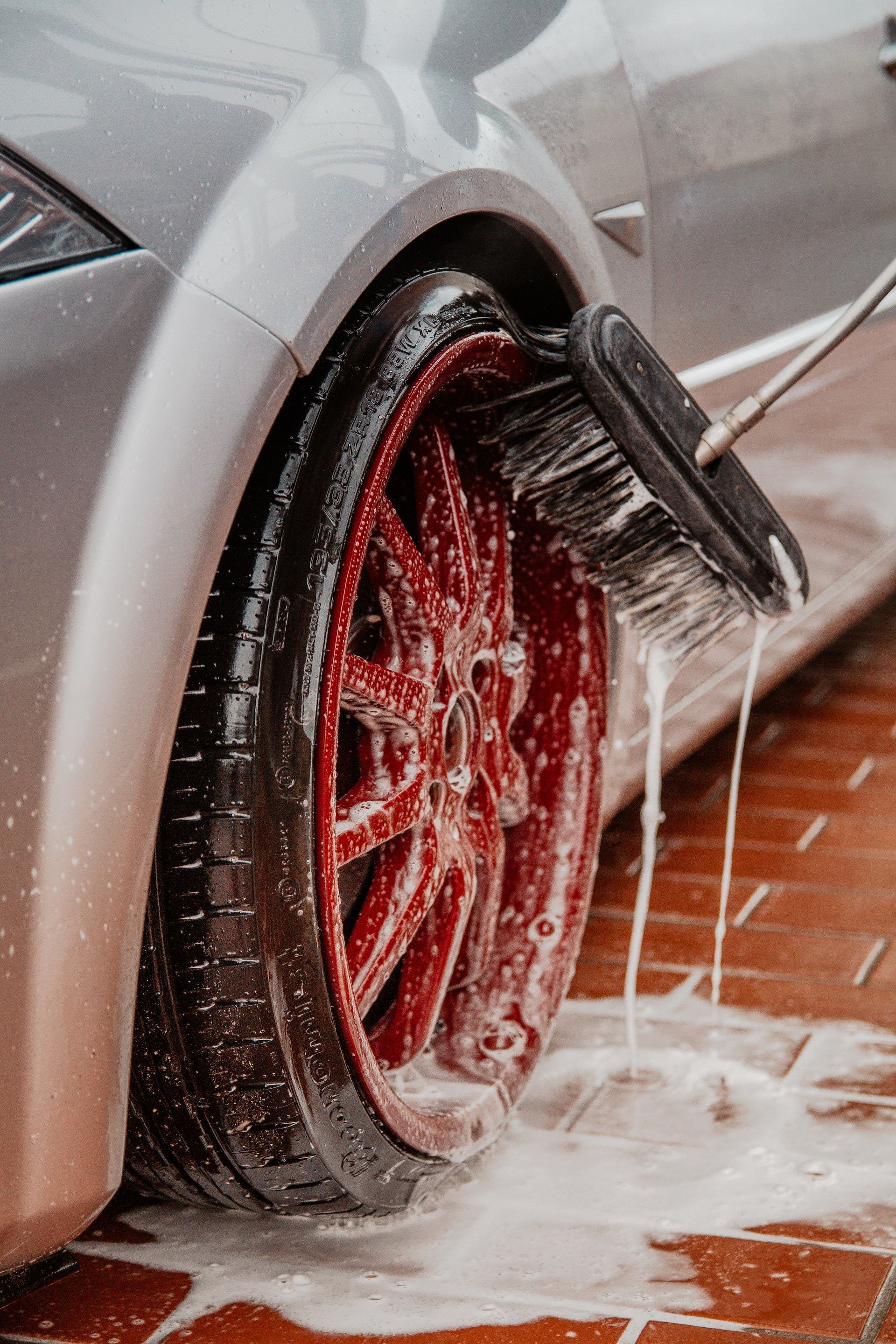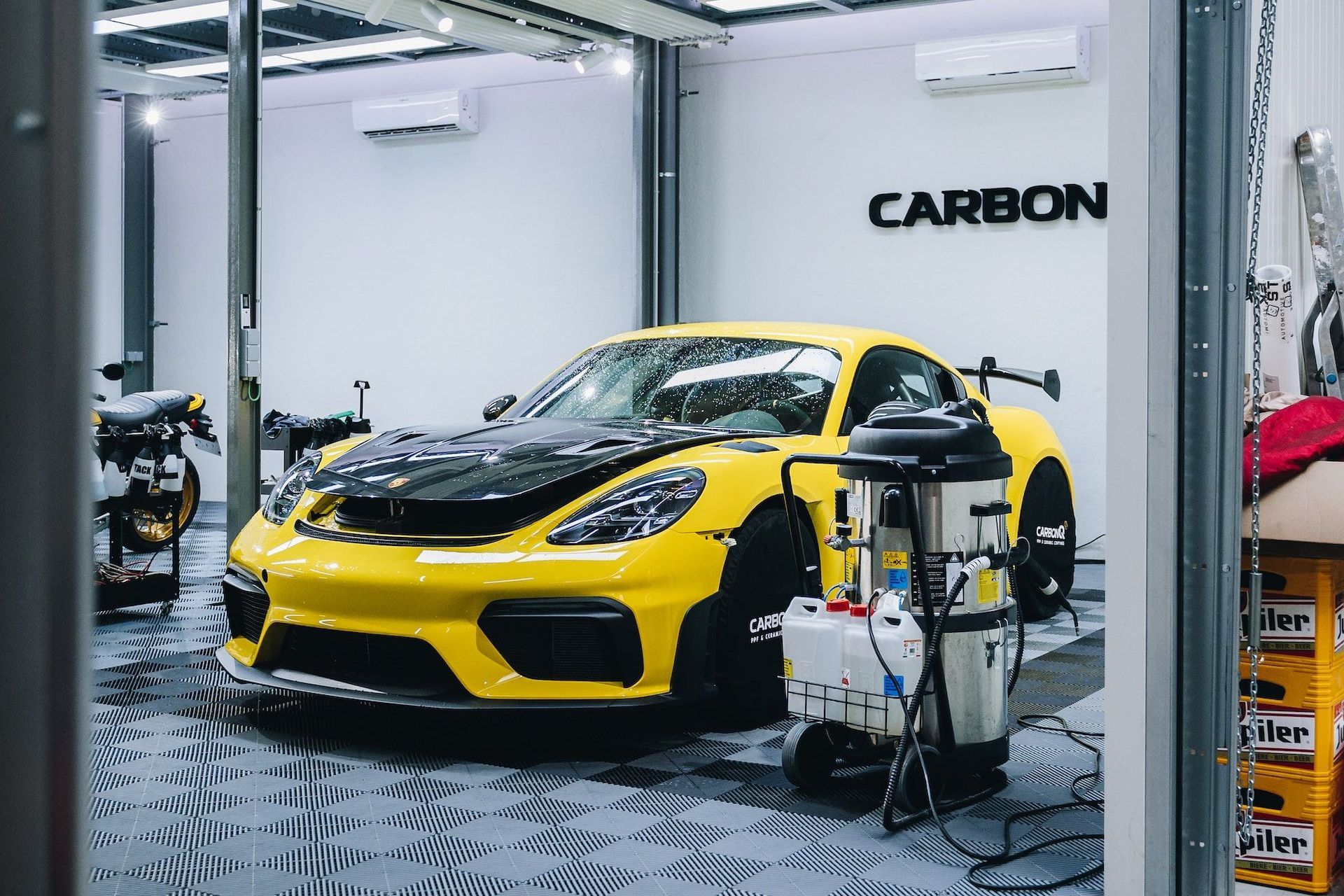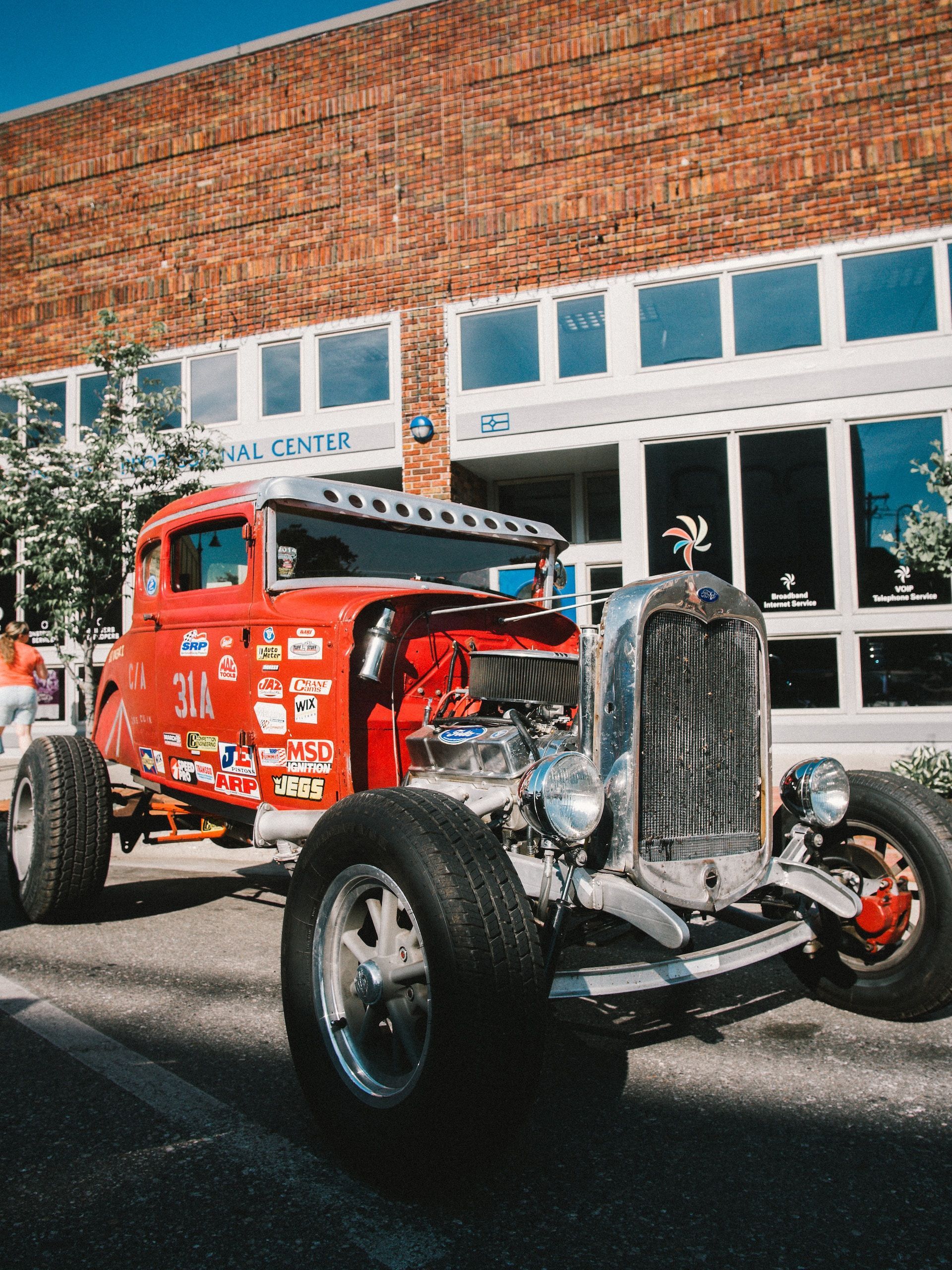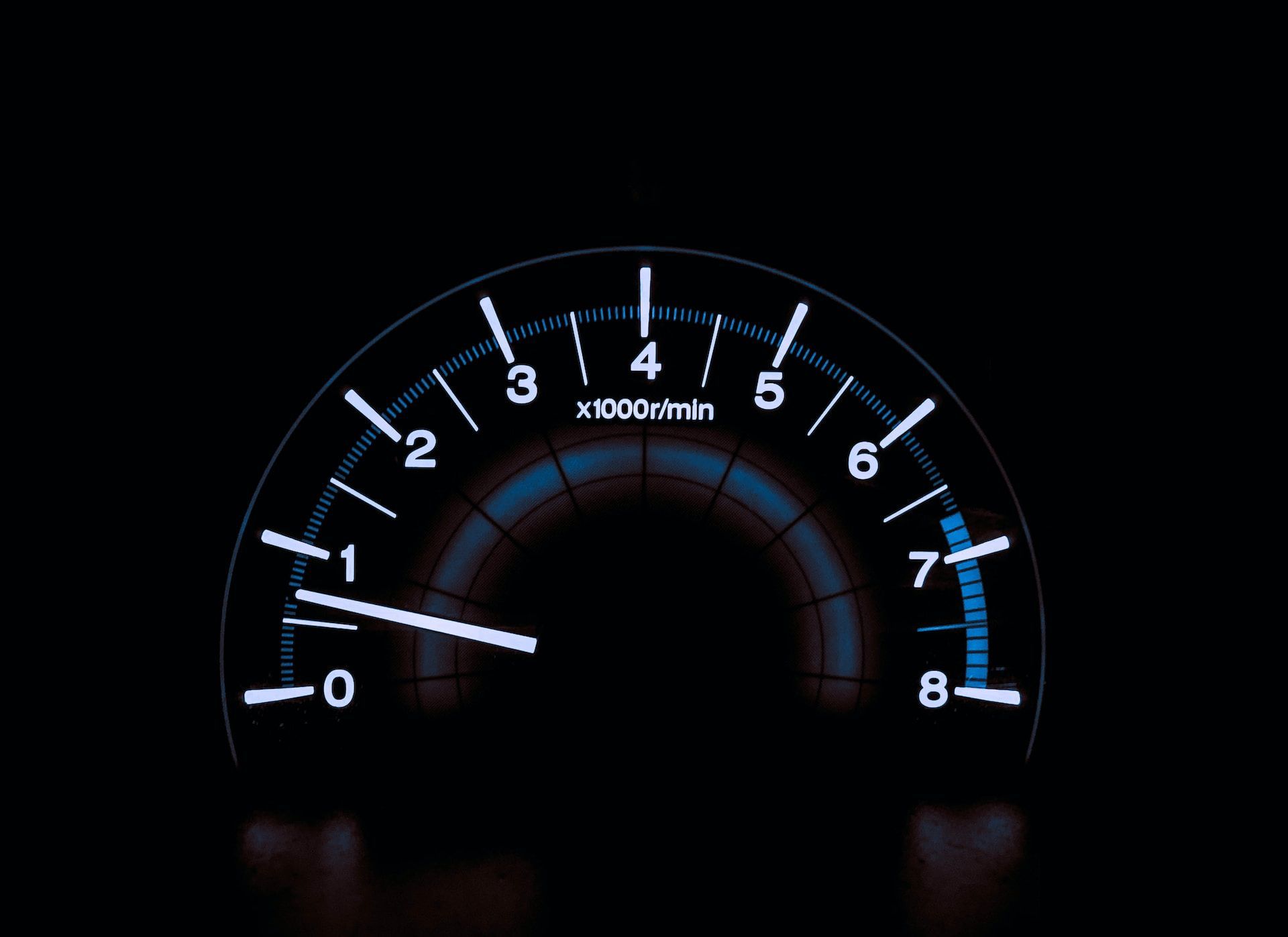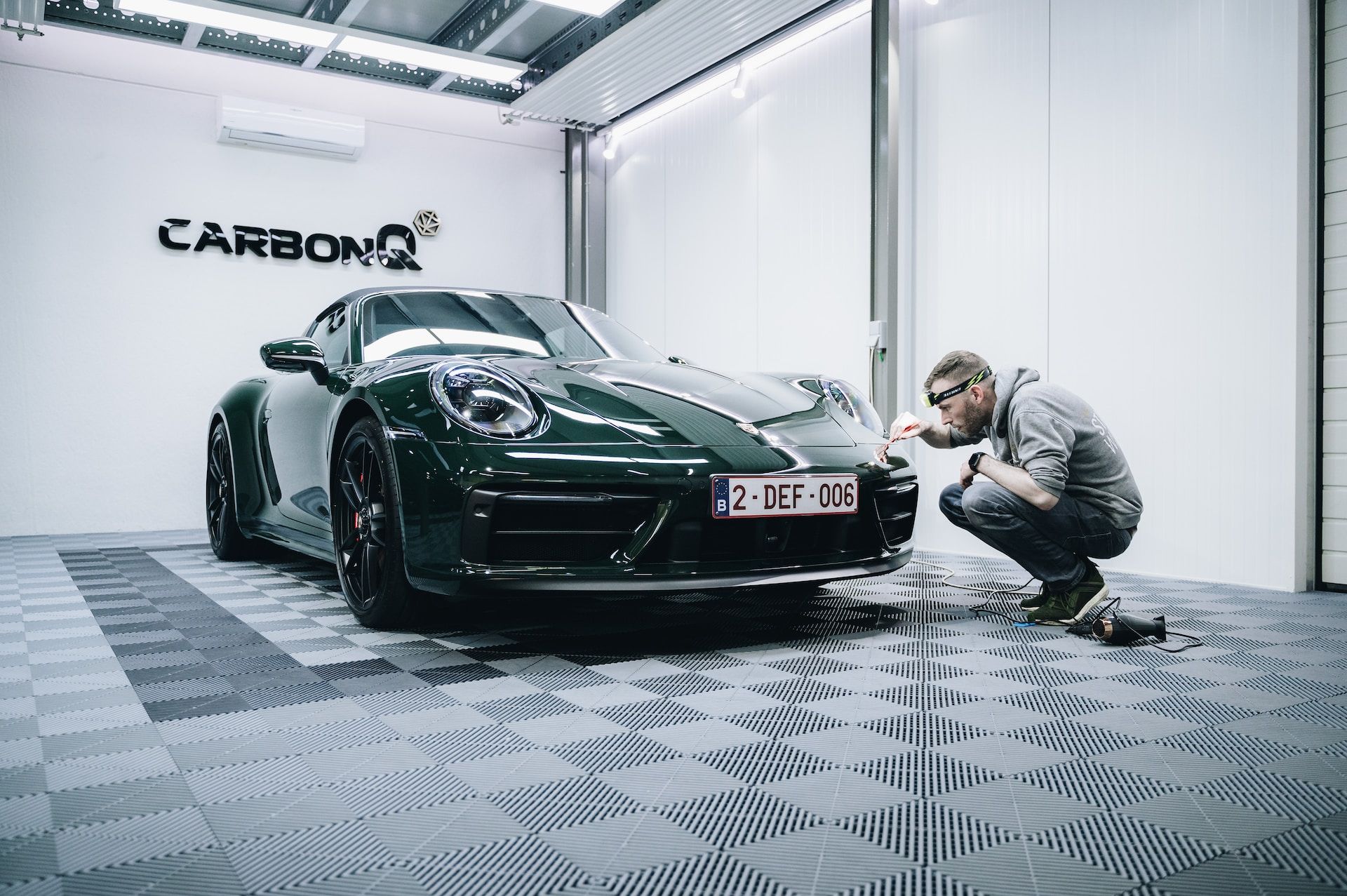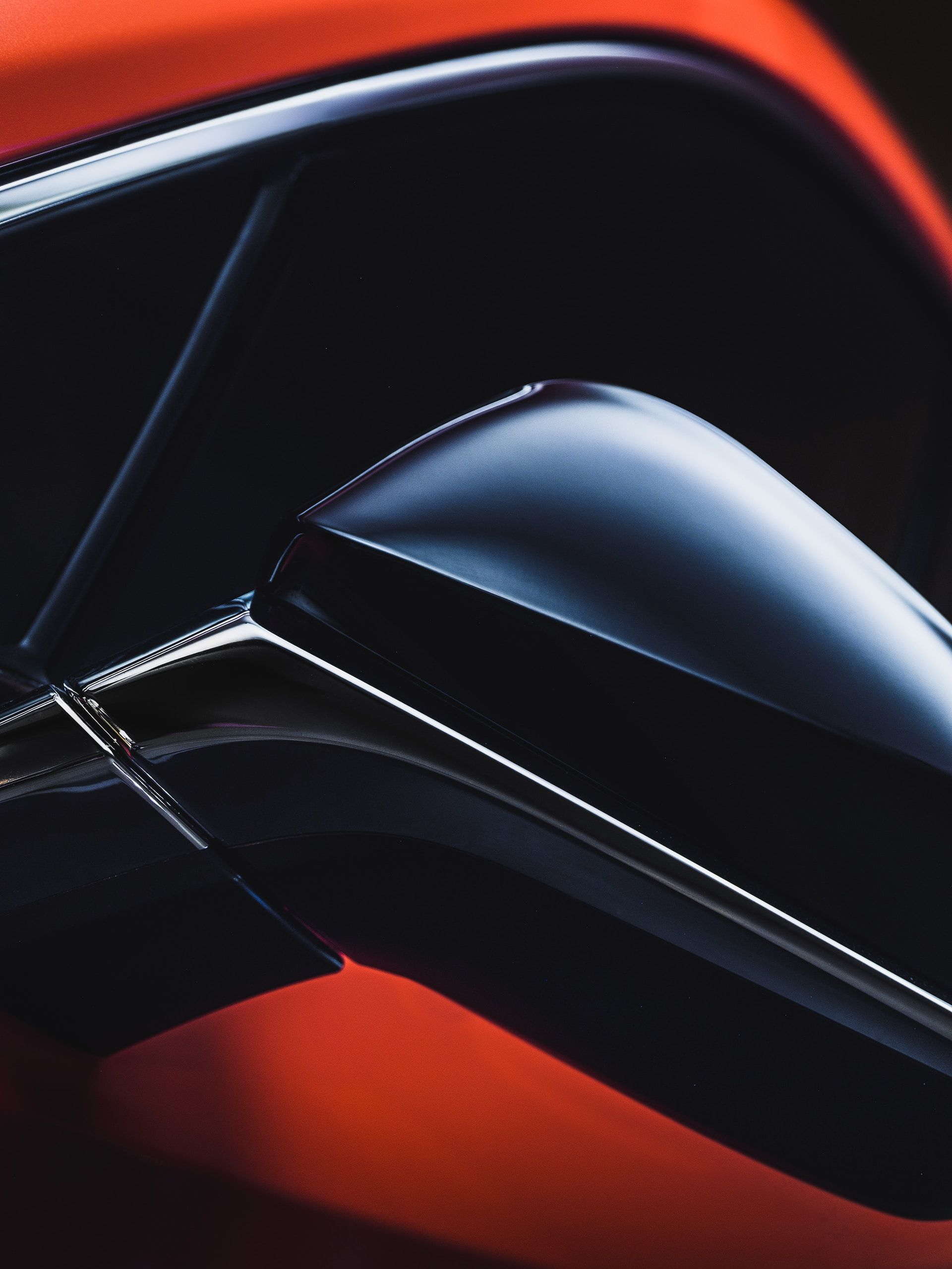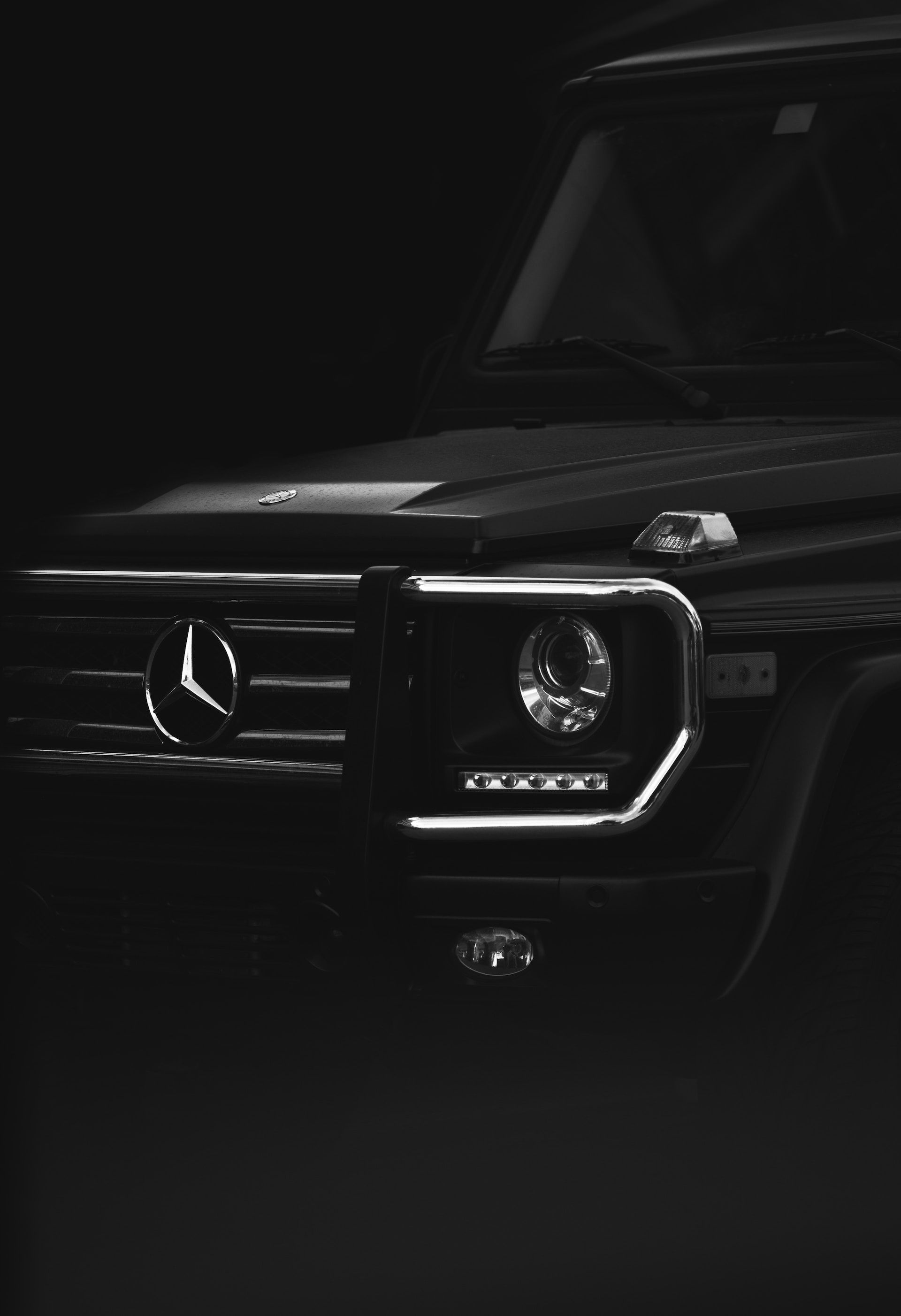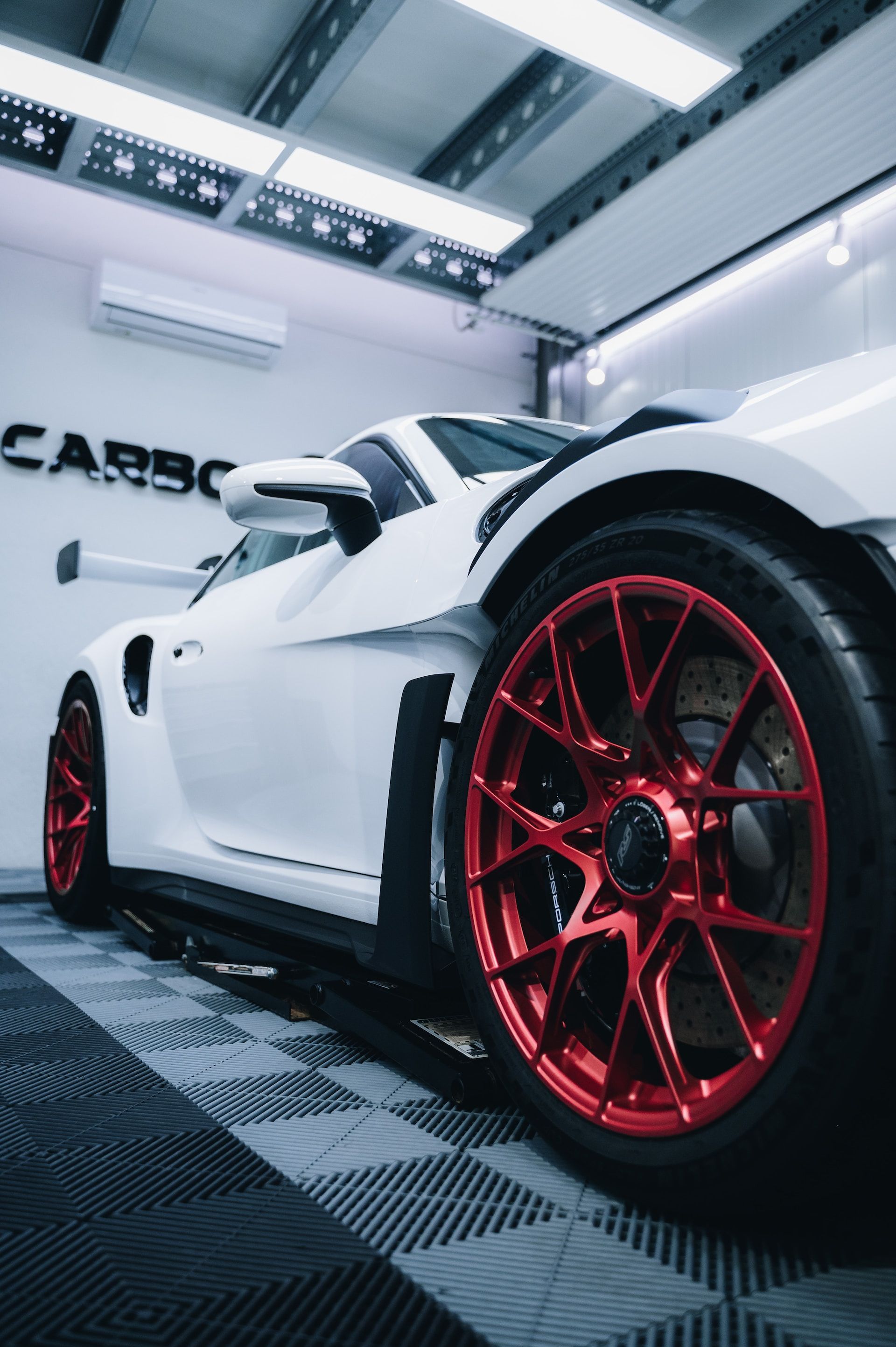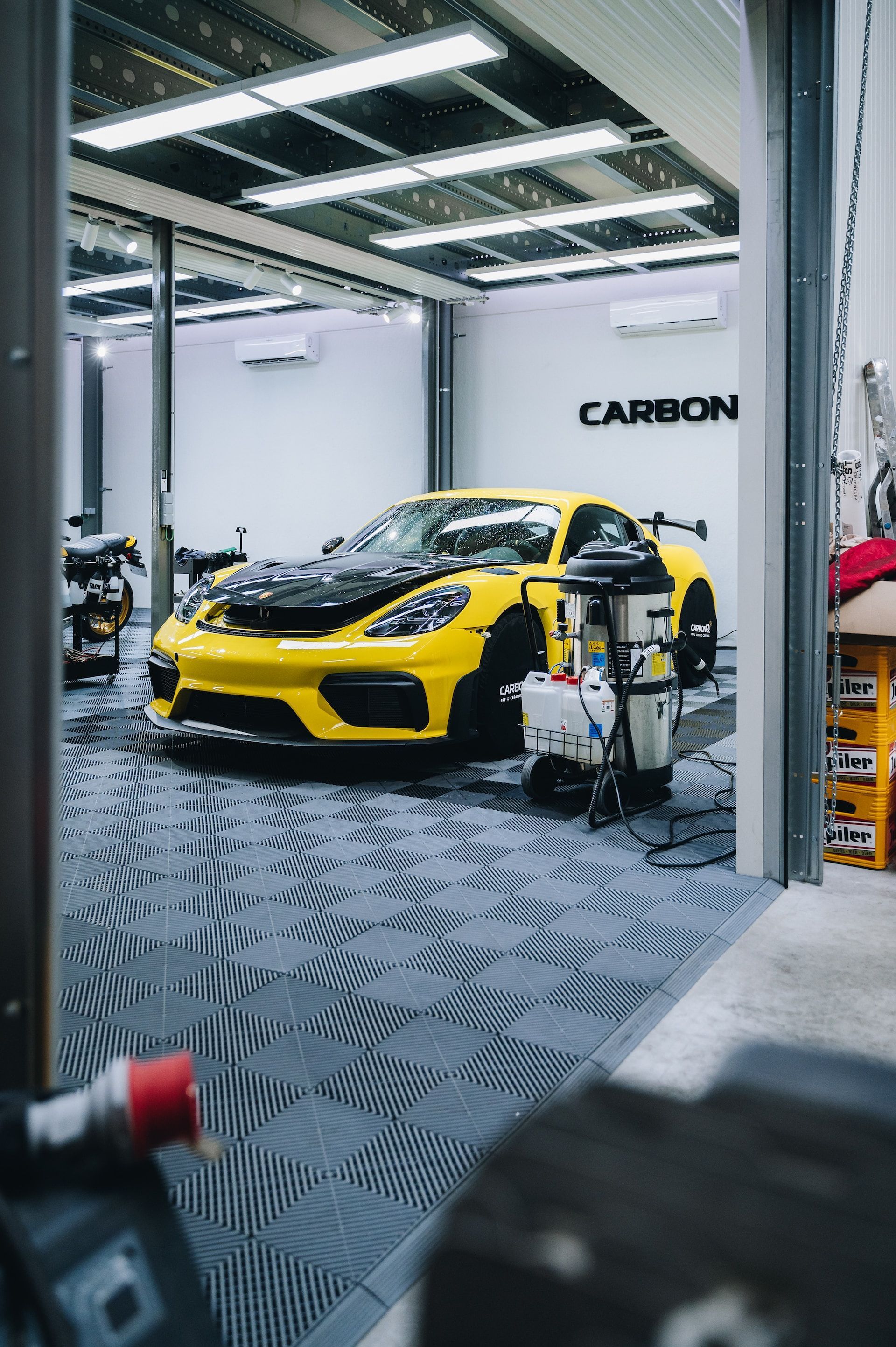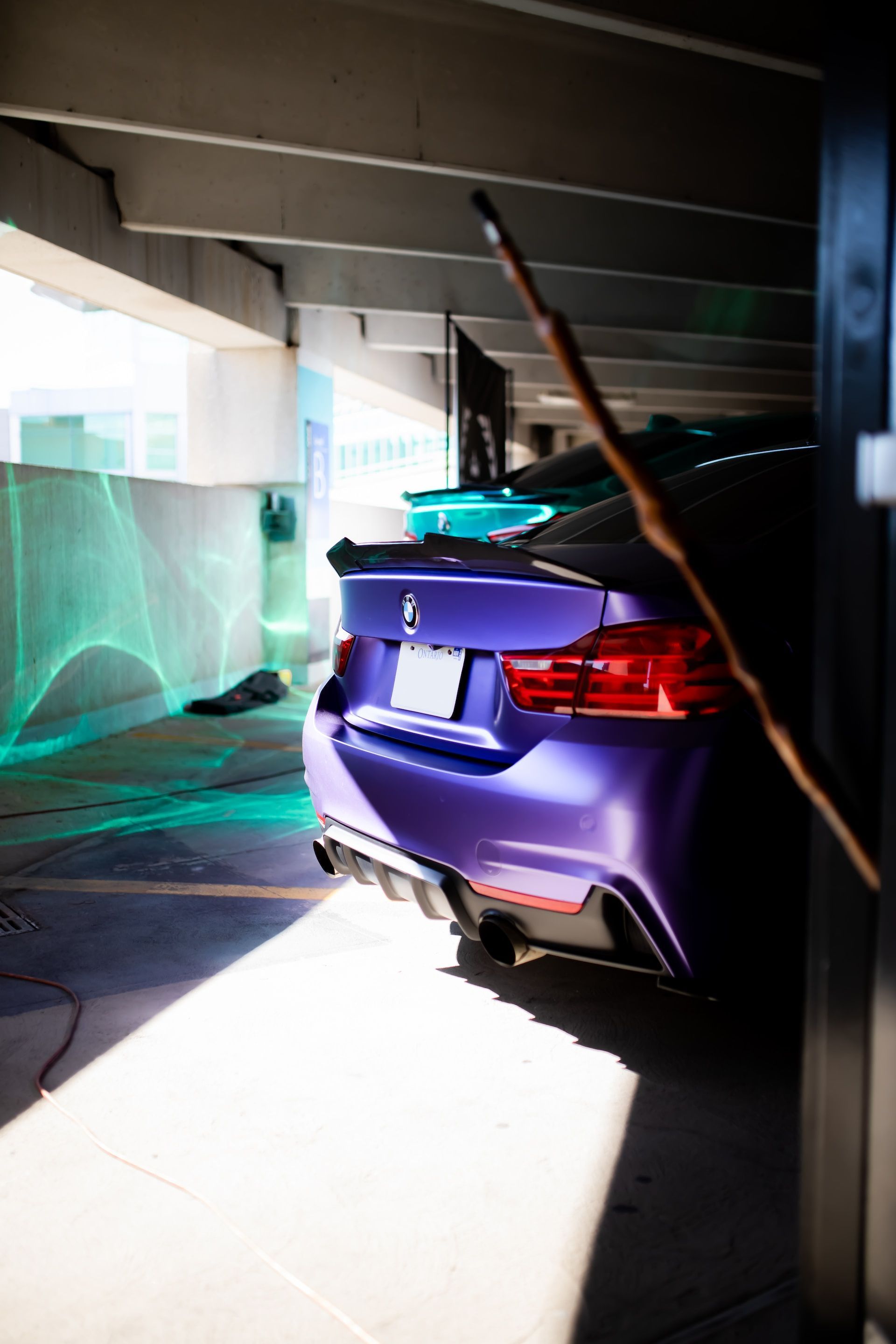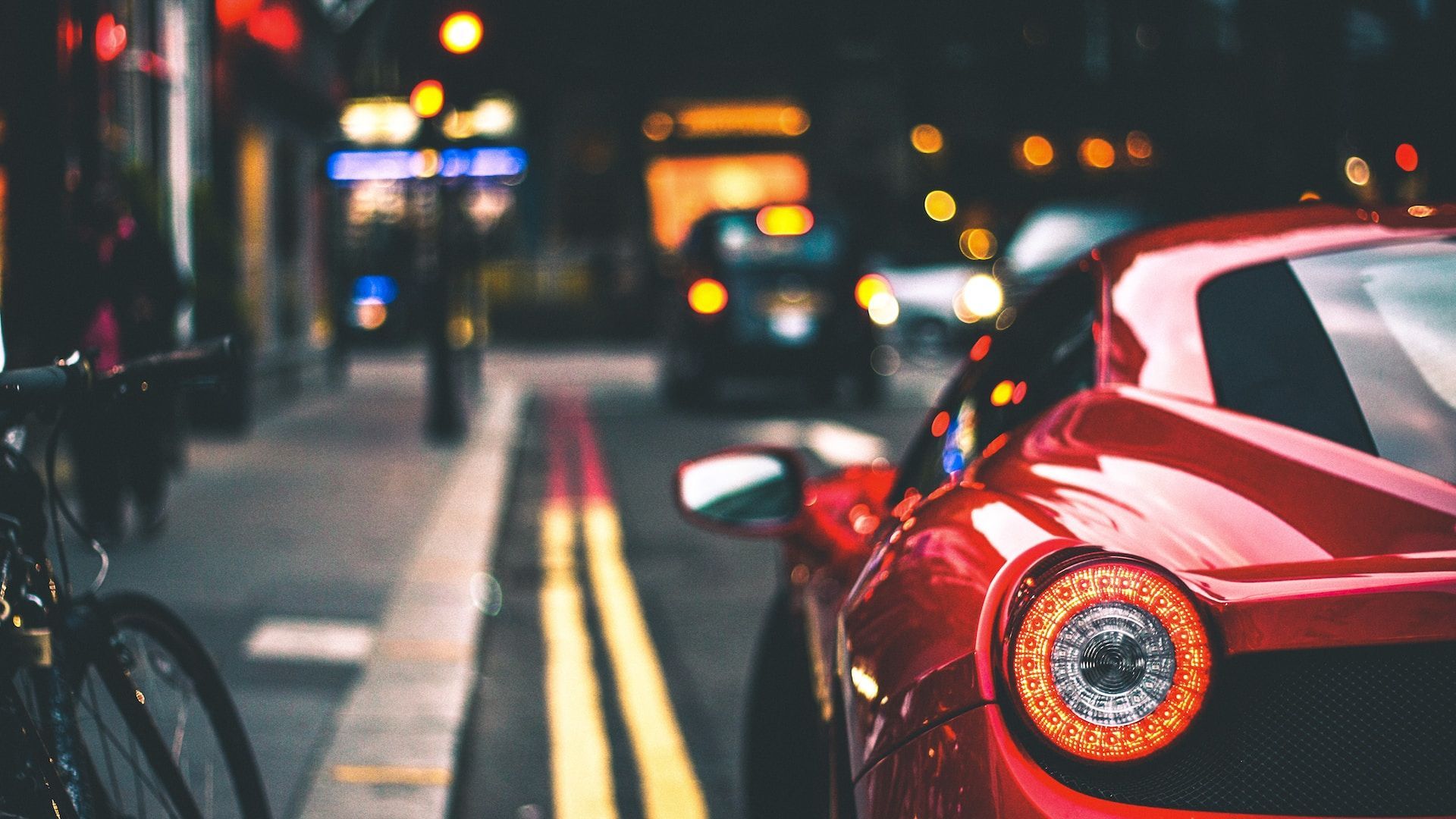Paint Correction Detailing: A Comprehensive Guide
Introduction to Paint Correction Detailing
Car detailing is a comprehensive process that involves a thorough cleaning and restoration of your vehicle's interior and exterior. Among the various types of car detailing, paint correction detailing is one of the most essential forms. In this article, we will discuss everything you need to know about paint correction detailing.
Learn more about: How to paint correction...
Definition of Paint Correction Detailing
Paint correction detailing, also known as machine polishing or buffing, is a technique used to remove imperfections from your car's exterior paintwork. The process involves using specialized equipment such as rotary or dual-action polishers, pads, and compounds to remove defects like swirl marks, scratches, water spots, oxidation, and holograms.
Learn more about: Mastering multi stage paint correction...
Importance of Paint Correction Detailing
The exterior paintwork on your vehicle is subjected to various harsh environmental factors like ultraviolet radiation from the sun rays and contaminants from rainwater or bird droppings. Over time these factors can cause damage to the paintwork resulting in various defects like swirl marks which can make your car look aged and dull.
Paint correction detailing helps restore the original finish on your vehicle by removing all visible defects such as scratches or swirl marks on its surface. This process not only enhances the appearance but also provides an added layer of protection against future wear and tear.
Learn more about: Paint protection and scratches...
Benefits of Paint Correction Detailing
One significant benefit of paint correction detailing is that it helps improve the resale value of your vehicle. A well-maintained car with flawless paintwork will fetch a higher price than one with visible defects.
Another benefit is that it saves you money in the long run by delaying costly repainting projects due to extensive damage caused by neglecting regular maintenance routines. Having paint correction detailing done on your car regularly can also help you maintain pride in ownership and increase your overall driving experience by making it more enjoyable.
Learn more about: Paint correction and rock chips...
Understanding Paint Defects
Paint defects are imperfections on a vehicle's surface that take away from its overall appearance. These flaws can be caused by a variety of factors, such as environmental fallout, improper washing and drying techniques, and even poor manufacturing processes. Understanding the different types of paint defects is crucial in determining the appropriate course of action for correcting them.
Learn more about: How long paint correction takes...
Swirl Marks
Swirl marks are one of the most common types of paint defects that plague car owners. They appear as small, circular scratches on the surface of the paint. Swirl marks can occur from a variety of sources such as using dirty wash mitts, improper drying techniques or even simply wiping down a dirty car with a dry cloth.
Learn more about: If paint correction is worth it...
Scratches and Scuffs
Scratches and scuffs are unsightly blemishes on the surface of a vehicle's paint that can range from minor to severe. Scratches can be caused by anything from road debris to careless parking lot dings. Scuffs typically occur when an object rubs against the paint surface, leaving behind a mark.
Learn more about: 4 step paint correction...
Water Spots and Etching
Water spots and etching are another common type of paint defect that occurs when mineral deposits in hard water dry onto a car's surface, leaving behind unsightly spots. Etching is similar but occurs when contaminants like bird droppings or bug splatters are left on a vehicle’s surface for too long causing it to eat into clear coat or paint layer causing permanent damage.
Learn more about: 3 step paint correction...
Oxidation
Oxidation is another type of paint defect caused by exposure to air pollutants like acid rain or other environmental contaminants like UV rays or dirt that start breaking down clear coat or wax layer - which leaves unprotected areas exposed to oxidation.
Learn more about: One step paint correction...
Holograms
Holograms are a type of paint defect that is caused by improper polishing techniques. They appear on the surface of the paint as faint, visible lines that often have a circular or linear pattern. They can occur if grit or hard particles get caught between the pad and the surface and are not wiped off, causing marring or abrasions in the clear coat.
Learn more about: Two step paint correction...
Causes of Paint Defects
Paint defects can be caused by several factors such as improper washing, drying techniques, and environmental factors like UV rays, dust, dirt or acid rain. Often times defects are also caused during manufacturing process due to incomplete curing of clear coat layer resulting in swirl marks or scratches.
It is important to identify these causes before attempting to correct them efficiently. Taking preventive measures such as regular washing and waxing go a long way in maintaining paint finish for longer period of time.
Understanding these specific types of paint defects will help you determine which course of action is best for correcting your vehicle's imperfections. Before attempting to correct any defects yourself it’s always recommended professional assessment to evaluate severity level so appropriate correction strategies can be used without introducing new issues on top.
Learn more about: Paint correction prices unmasked...
Preparing the Vehicle for Correction
Before beginning the paint correction process, it is essential to ensure that the vehicle's surface is clean and free of any debris. The initial step in preparing the vehicle involves washing it thoroughly using a high-quality car wash soap, a bucket of clean water, and a microfiber wash mitt.
It is crucial to avoid using any harsh detergents or household cleaning products as they can damage the paintwork. After washing the vehicle's surface, it is vital to inspect it for any contaminants that may have been left behind.
Any bonded contaminants such as tar, tree sap, or bug guts must be removed before proceeding with paint correction. A clay bar treatment can effectively remove these contaminants from the surface without causing any damage.
Once all contaminants have been removed from the surface, sensitive areas such as emblems and moldings need to be masked off. This step ensures that no accidental damage occurs during the polishing process.
Learn more about: Blemished to beautiful...
Polishing Techniques and Tools
The next step involves polishing the vehicle's surface to remove all visible defects completely. Polishing techniques vary depending on factors such as severity of defects and type of pads used.
Rotary polishers are commonly used in professional detailing shops due to their ability to remove deep scratches easily. They work by spinning a foam or wool pad at high speeds over the surface while applying pressure against defects.
However, rotary polishers require extensive training and experience due to their aggressive nature. Dual-action polishers are safer options for inexperienced users as they are less aggressive than rotary polishers but still effective in removing swirl marks and light scratches from painted surfaces.
They work by oscillating in two directions simultaneously while spinning a foam pad over surfaces at lower speeds. Various pads composed of different materials such as foam or microfiber are also available depending on their intended use during paint correction processes.
Learn more about: Reviving your car's look
Inspection after Polishing
Following the polishing process, it is crucial to inspect the surfaces to ensure that all defects have been eliminated. Inspection may involve using a specialized lighting system that highlights any remaining swirl marks or holograms that may be present on the surface. One way of verifying whether all defects have been eliminated involves using a plastic sandwich bag over a hand and running it over the surface.
If there is no roughness or resistance felt on the surface, then it is an indication that all defects have been removed. Paint correction detailing involves several steps from preparing the vehicle's surface to polishing techniques and tools used to complete its restoration.
Proper preparation is essential in ensuring that excellent results are achieved after polishing. Furthermore, inspection helps verify if all corrections were made successfully and if any areas need further attention before completing detailing work.
Learn more about: Our comprehensive guide for car enthusiasts...
Types of Polishing Techniques Used in Paint Correction Detailing
Rotary Polishing Technique: Its Advantages and Disadvantages
The rotary polishing technique is one of the most common methods used in paint correction detailing. It involves using a rotary polisher, which spins the polishing pad at a high speed to remove a layer of clear coat or paint. This method is preferred for severe defects because it is more aggressive and can remove more material from the surface, resulting in a smoother finish.
However, this also means that it has the potential to cause damage if not used correctly. One advantage of the rotary polishing technique is its ability to remove deep scratches and swirl marks quickly.
It also enables professionals to work on large surfaces more quickly than with other techniques. However, there are several disadvantages associated with this method, including its potential to cause holograms or buffer trails if not used correctly.
These are circular marks that can show up under certain lights. Another disadvantage of rotary polishing is that it requires more expertise and experience than other techniques.
It can be challenging for beginners to use without damaging the paint surface. It also generates heat due to friction between the pad and painted surface, which could lead to paint burn or damage if not managed properly.
Learn more about: Perfecting your car's finish...
Dual-Action Polishing Technique: Its Advantages and Disadvantages
The dual-action (DA) polishing technique consists of using a DA polisher that oscillates both vertically and horizontally simultaneously, mimicking hand movements while providing enough power for more significant defects removal than hand application alone but without causing extensive damage like a rotary polisher can do when used incorrectly. One advantage of this method is its versatility as it can be used on various surfaces such as painted surfaces, plastic trim pieces or headlights with different degrees of aggressiveness depending on the type of pad selected by technicians performing this service. A significant advantage of this technique is that it generates less heat and friction than a rotary polisher, reducing the risk of paint damage.
The DA polisher is also easier to control than a rotary polisher, making it ideal for beginners or do-it-yourself enthusiasts. However, the DA polishing technique also has some disadvantages.
One disadvantage is that it takes longer than rotary polishing to remove severe defects because it doesn't cut as deep into the clear coat or paint. Also, using heavy pressure could result in unwanted buffer trails or holograms in the paint surface.
Both techniques have advantages and disadvantages depending on the task at hand and should be used by experienced professionals who understand their differences thoroughly. The right technique will depend on the type of car and type of defects that are present on its paint surface.
Types of Polishing Pads Used in Paint Correction Detailing
Foam Pads - Their Different Types, Uses, Pros, and Cons
Foam pads are a popular choice for paint correction detailing because they are versatile and provide excellent results. There are different types of foam pads available in the market, each with a specific purpose. Cutting foam pads have a coarse texture and are ideal for removing swirl marks and scratches from the vehicle's surface.
They have a low-density foam that cuts through the paint aggressively and should be used with heavy compound products. Finishing foam pads have a very soft texture and are used to refine the paint after using cutting pads.
They have high-density foam that achieves high gloss levels without leaving any holograms or buffer trails. However, one of the disadvantages of using foam pads is that they tend to heat up quickly during use, which may cause issues such as melting or damaging the pad's surface coating.
Microfiber Pads - Their Different Types, Uses, Pros, and Cons
Microfiber pads are relatively new in the market but have gained popularity due to their unique characteristics. They consist of short fibers that offer exceptional cutting power without causing any marring or swirl marks on the vehicle's surface. The different types of microfiber pads include cutting microfiber pads that can remove deep scratches from heavily oxidized paints; polishing microfiber pads used to enhance gloss levels on light scratches; and finishing microfiber pads that provide an ultra-smooth finish on any paint type.
One significant advantage of using microfiber pads is their durability compared to foam ones. They can withstand multiple uses before replacement; however, they tend to generate more heat than foam ones due to their dense structure.
Conclusion
Paint correction detailing is an invaluable service that enhances your vehicle's appearance while protecting it from the elements. The process involves identifying and rectifying paint defects using various techniques, such as polishing and buffing, to achieve a smooth and glossy surface.
When choosing a pad for paint correction detailing, it's essential to consider the type of defect that requires correction, the abrasiveness of the compound used, as well as its durability. Foam pads are versatile and readily available but tend to generate heat quickly during use.
On the other hand, microfiber pads are more durable but generate more heat than foam ones. Selecting the right pad for paint correction detailing is critical in achieving optimal results.
Whether you prefer foam or microfiber pads, ensure that they are appropriately rated for your vehicle's make and model to avoid causing any damage during use. With proper care and maintenance of your vehicle's surface using these techniques, you can enjoy a glossy finish that lasts for years to come!
Scottsdale Auto Detailing Blog
A Mobile Car Detailer in Scottsdale
drop us a line for a personalized car detailing plan
Services
We provide detailing in:
Scottsdale, Paradise Valley, Phoenix, Tempe, Mesa, Chandler, Glendale & Gilbert
All Rights Reserved | Privacy Policy | Conditions of Use
